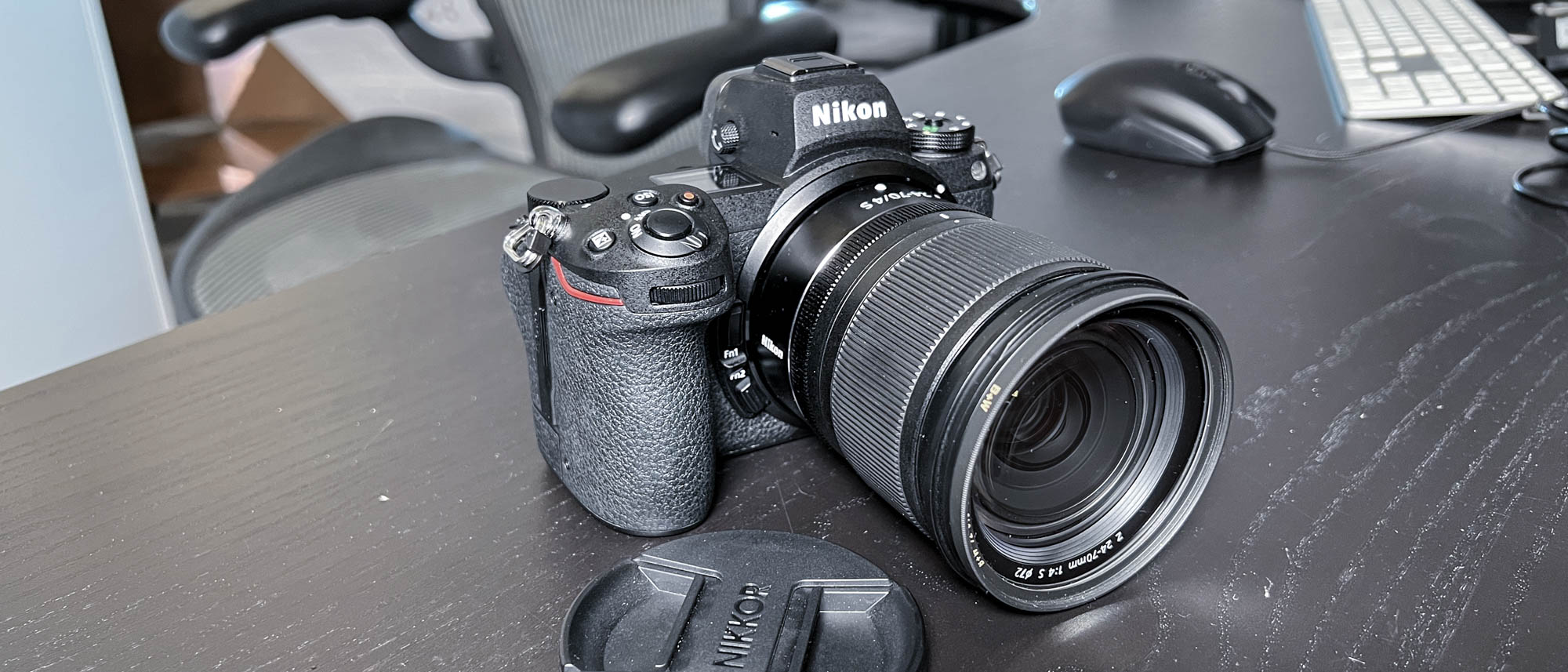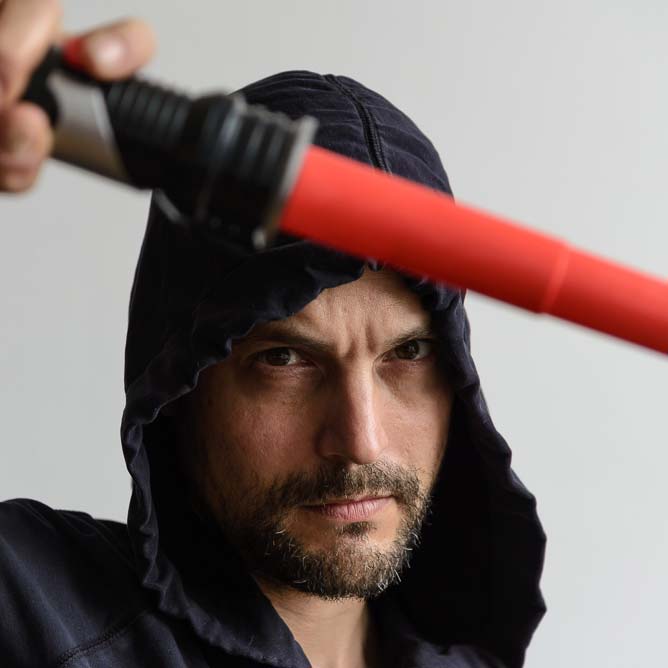Laptop Mag Verdict
The Nikon Z6 II is a versatile tool, and ready for almost any scenario right out of the box when purchased with the 24-70mm lens kit.
Pros
- +
Compact form factor
- +
Both SD Card and CFexpress slots
- +
Charges by USB-C
Cons
- -
Requires an adapter for old lenses
- -
LCD is only partially articulating
- -
Battery life can’t match Nikon DSLRs
Why you can trust Laptop Mag
Image Sensor: 24.5MP FX-Format BSI CMOS
Storage Media: CFexpress/XGD and SD card slots
Image Stabilization: Sensor-Shift, 5-Axis
Display: 3.2-inch tilting touchscreen LCD
Native ISO: 100 to 51200
Max video resolution: UHD 4K (3840 x 2160) at 23.976p/25p/29.97p, Full HD (1920 x 1080) at 23.976p/25p/29.97p/50p/59.94p/100p/119.88p
Shooting Speed: Up to 14 fps at 24.5MP
Connectivity: 3.5mm Headphone, 3.5mm Microphone, HDMI C (Mini), USB Type-C (USB 3.1), Bluetooth, Wi-Fi
Battery life (CIPA): Approx. 450 shots
Size (body): 5.3 x 4 x 2.8" / 134 x 100.5 x 69.5 mm
Weight: 21.7 oz. / 615 g (body only)
The mid-tier Nikon Z6 II is one of five professional mirrorless offerings from Nikon using the Z-mount system for its lenses.The Nikon Z-series cameras, named after their proprietary lens mount design, continue to spearhead Nikon’s foray into mirrorless photography.
The Z-mount employs four latches in the lock mechanism instead of the three found on the ubiquitous F-mount. Switching to the Z-series cameras from the previous F-mount used on Nikon’s DSLRs therefore requires an entirely new set of lenses or the use of the $250 FTZ adapter, which facilitates F-mount lenses on the Z system.
In practical terms, the difference between a DSLR and a mirrorless system boils down to the viewfinder. A DSLR uses a mirror mechanism to reflect the image into the viewfinder allowing the photographer to directly view the light that enters the lens. The Z6 II, a mirrorless camera, displays the image generated by the sensor in real-time on a miniature screen in the electronic viewfinder (EVF).
- Best photo editing software
- Best laptops for photo editing
- Full 4K and 6K video from Blackmagic that won’t break your bank
After experiencing a mechanical failure with the mirror system on my DSLR (on set no less!) I found myself warming to mirrorless systems. Replacing my DSLR, I used the Nikon Z6 II as both my daily camera, and as a b-cam video shooter for Laptop Mag videos. Here is what I learned.
Nikon Z6 II price and availability
The Z6 II made its debut in late 2020 alongside its teammate, the Z7 II making them the 4th and 5th cameras in the Nikon Z range. It compares favorably to competitors like the Canon EOS R6 and Sony A7 IV, both of which retail at $2,500.
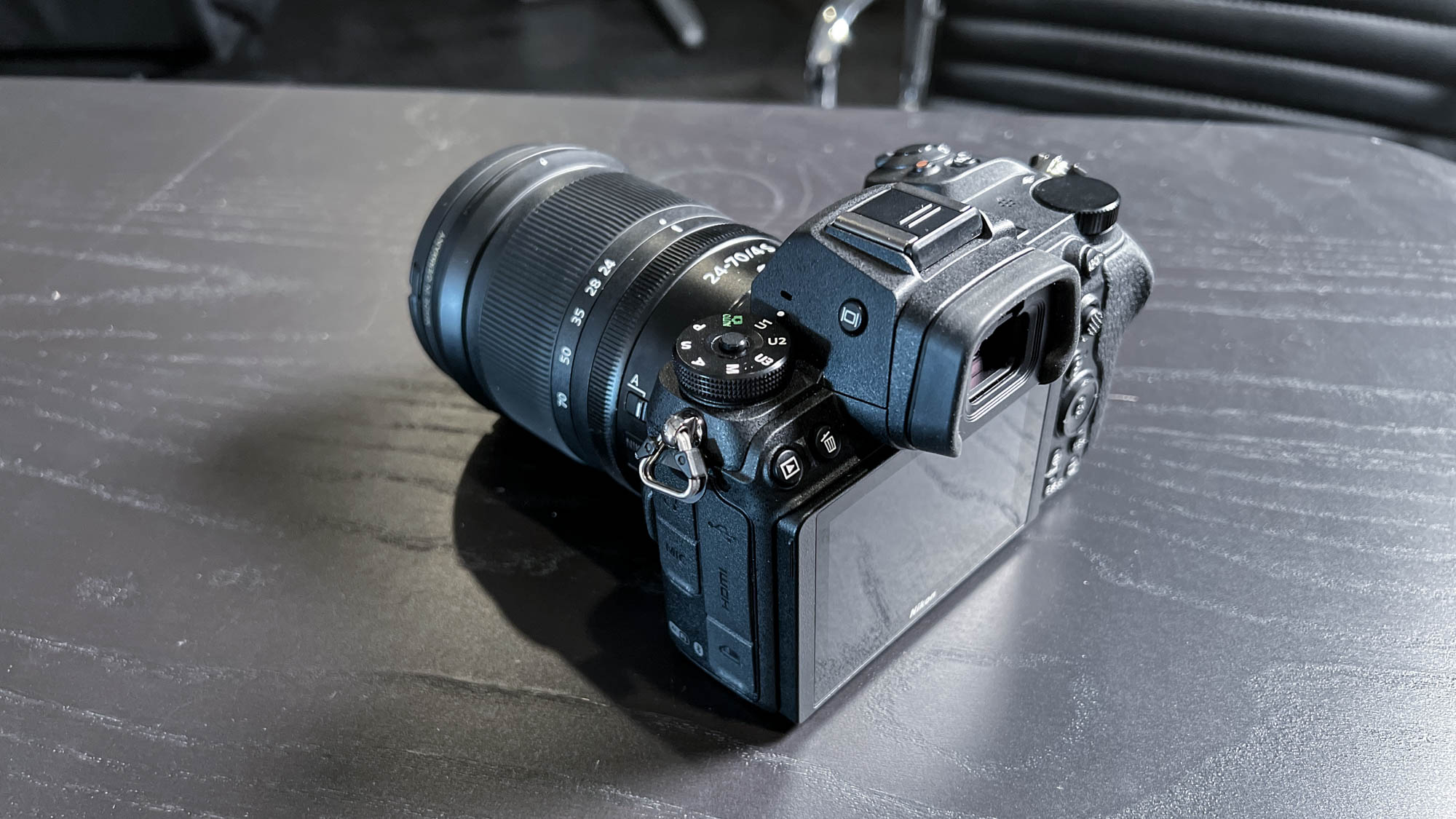
The Z6 II sits squarely in the middle of the professional Nikon mirrorless offerings at $2,000. The soon-to-be-released 8K capable Nikon Z9 mirrorless flagship may change that.
| Model | Sensor | Processor | Autofocus | Storage | Video recording |
| Z5 | 24.3MP FX-Format CMOS | EXPEED 6 Image Processor | 273-point phase-detect | Dual SD card slots | 4K UHD/30p (cropped), 1080/60p |
| Z6 | 24.5MP FX-Format BSI CMOS | EXPEED 6 Image Processor | 273-point phase-detect | CFexpress/XGD card slot | 4K UHD/30, 1080/120p |
| Z6II | 24.5MP FX-Format BSI CMOS | Dual EXPEED 6 Image Processors | 273-point phase-detect | CFexpress/XGD and SD card slots | 4K UHD/30, 1080/120p |
| Z7 | 45.7MP FX-Format BSI CMOS | EXPEED 6 Image Processor | 493-point phase-detect | CFexpress/XGD card slot | 4K UHD/30, 1080/120p |
| Z7II | 45.7MP FX-Format BSI CMOS | Dual EXPEED 6 Image Processors | 493-point phase-detect | CFexpress/XGD and SD card slots | 4K UHD/60, 1080/120p |
Nikon Z6 II design
The Z6 II is designed as a hybrid stills and video camera. It is flexible and competent in both areas and Nikon bills it as an all-rounder. It is equipped with a 5-axis (yaw, pitch, roll, X and Y) stabilized 24.5MP CMOS sensor, a 273-point autofocus system and dual card slots.
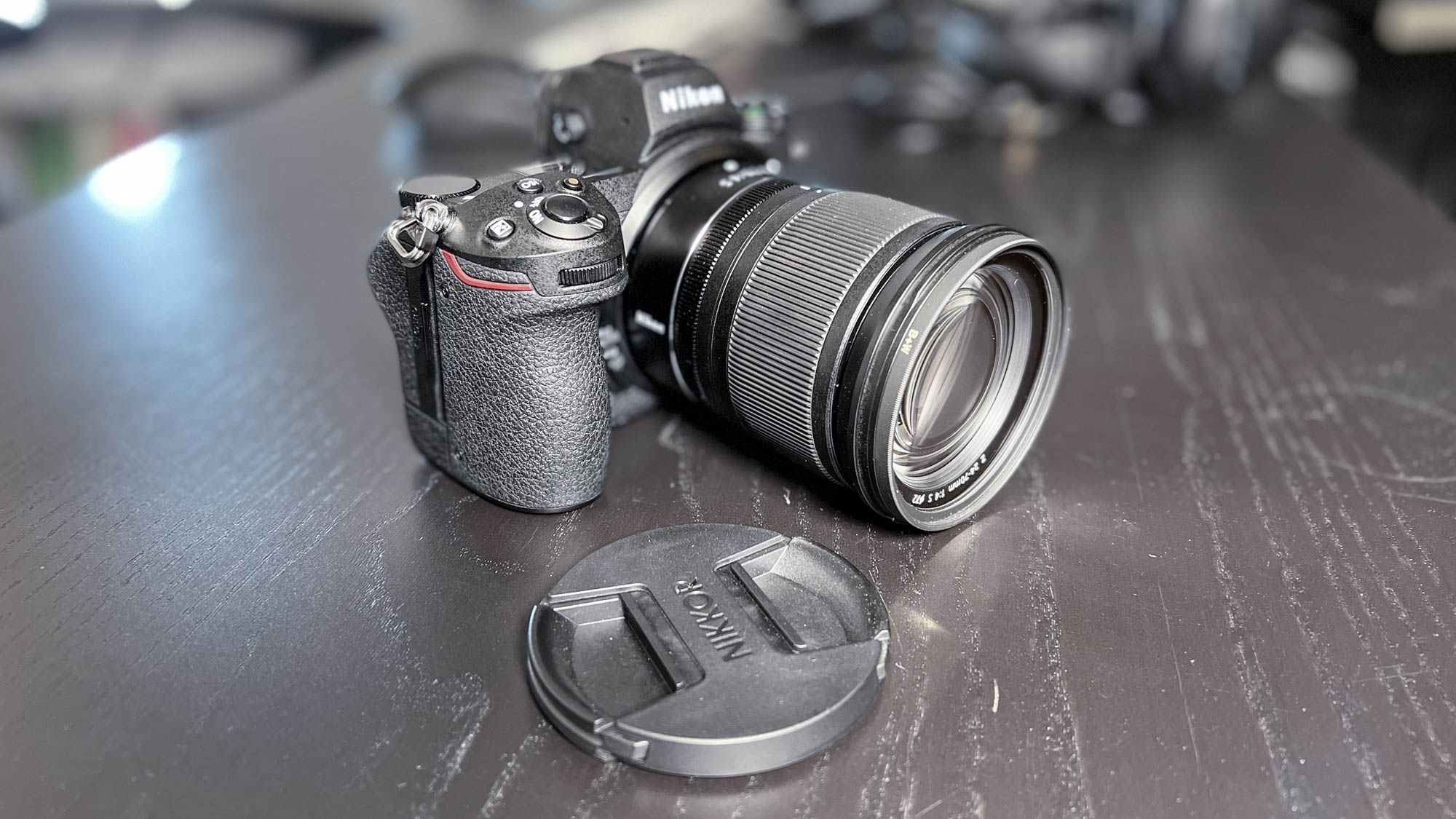
Nikon’s DSLR fans will be pleased that the black, rubberized Z6 II’s magnesium alloy chassis is fully weather sealed to keep dust and moisture out. It is built to the same durability standard as Nikon’s top DSLR, the D850 which is the go-to camera for sports, action and even warzone scenarios.
It has similar ergonomics to the more affordable, entry-level Nikon Z5 – which impressed me in my review – but the layout of the three button groupings differs. The same deft one-thumb swipe motion to open the card slot door is present in this camera, revealing an SD card slot and a CFexpress/QXD slot. Either card can be ejected quickly with a thumb press.
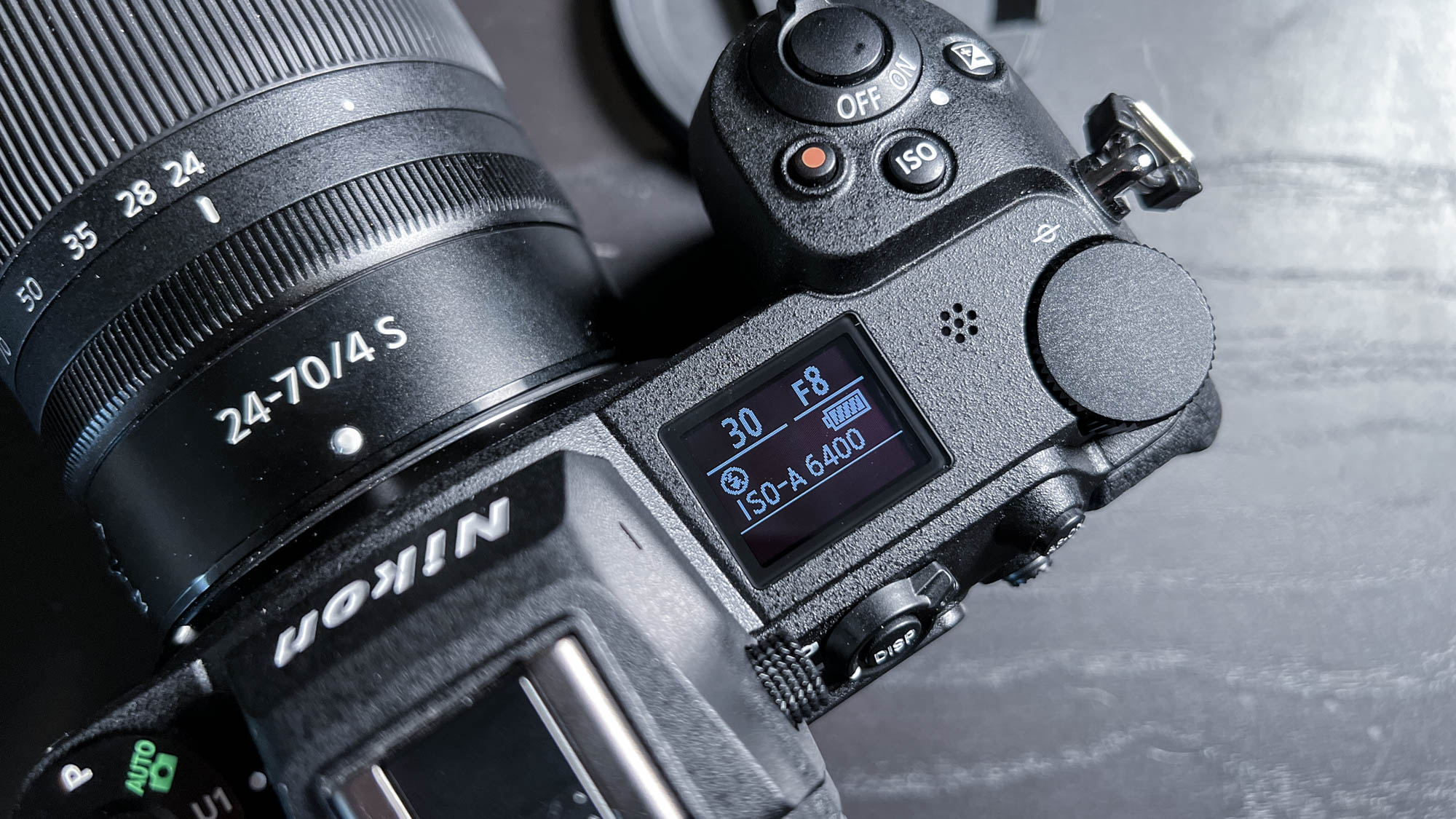
One of my favorite inclusions on the Z6 II (compared to the Z5) is the top display. Nikon DSLR users will find themselves in familiar territory when glancing down at the top of the camera. The white-on-black settings screen is easy to read in almost all circumstances. The familiar location means that those who are migrating over from DSLR systems won’t need to change their shooting habits in order to view settings on a single rear screen as with the Z5 and many other mirrorless cameras.
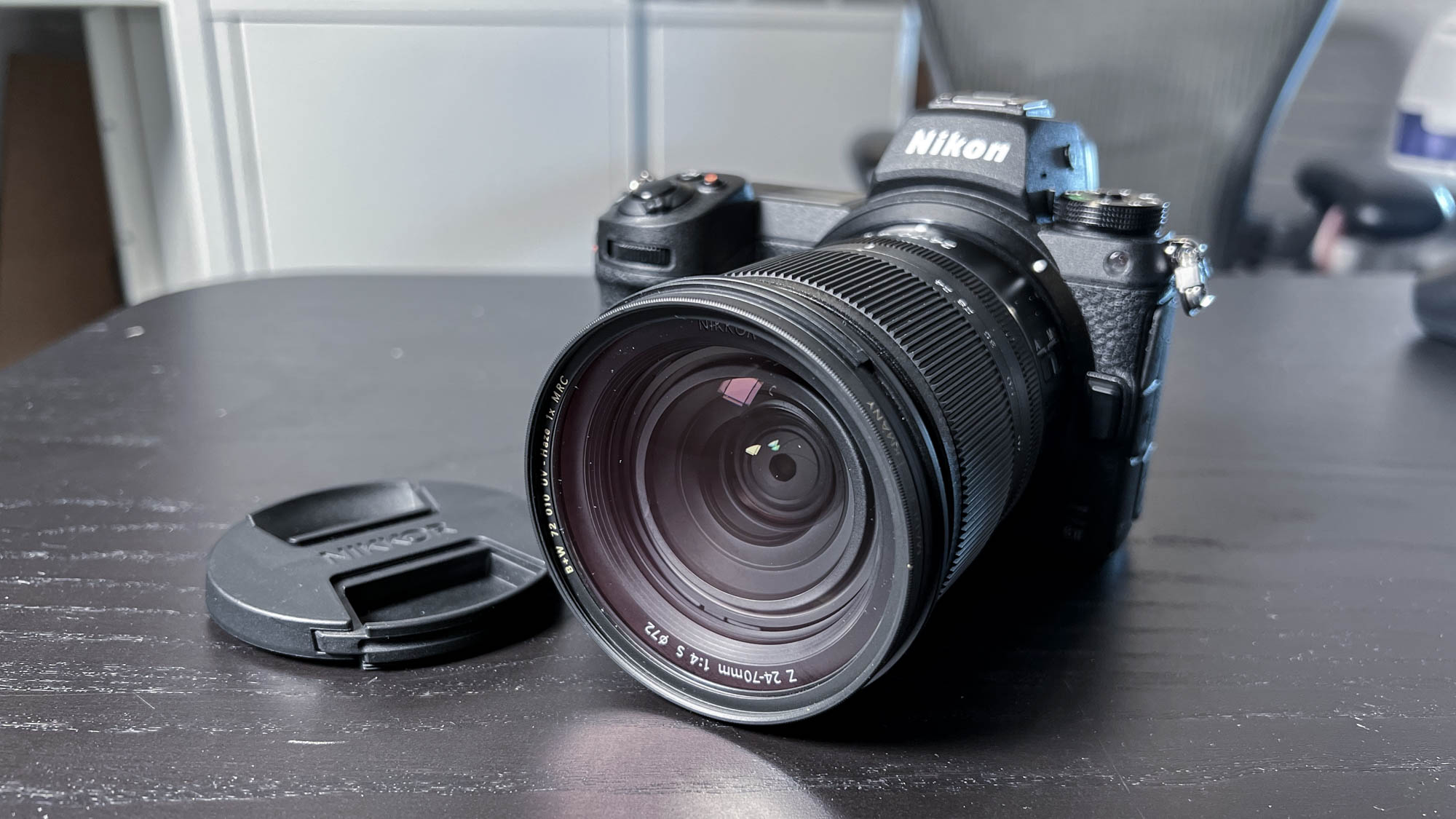
Paired with the 24-70mm f/4 kit lens, the Z6 II’s versatility really shines. The stabilized lens is competent in low light despite only opening to f/4 and is a perfect complement to the Z6 II for video and photography work that requires fast reframing and autofocus. Again, its build quality is immaculate, making the whole unit feel solid and durable. Whether you are looking for a versatile portrait lens or a street sweeper style zoom, this lens is a good choice for most scenarios and comes packaged together with the Z6 II in one of Nikon’s kit options.
Nikon Z6 II ports and card slots
The left side of the Z6 II has the familiar array of ports. Theheadphone and mic mini-jacks deliver audio in linear PCM or AAC. The HDMI port supports up to 12-bit output; and an terminal socket for accessories like a remote release.
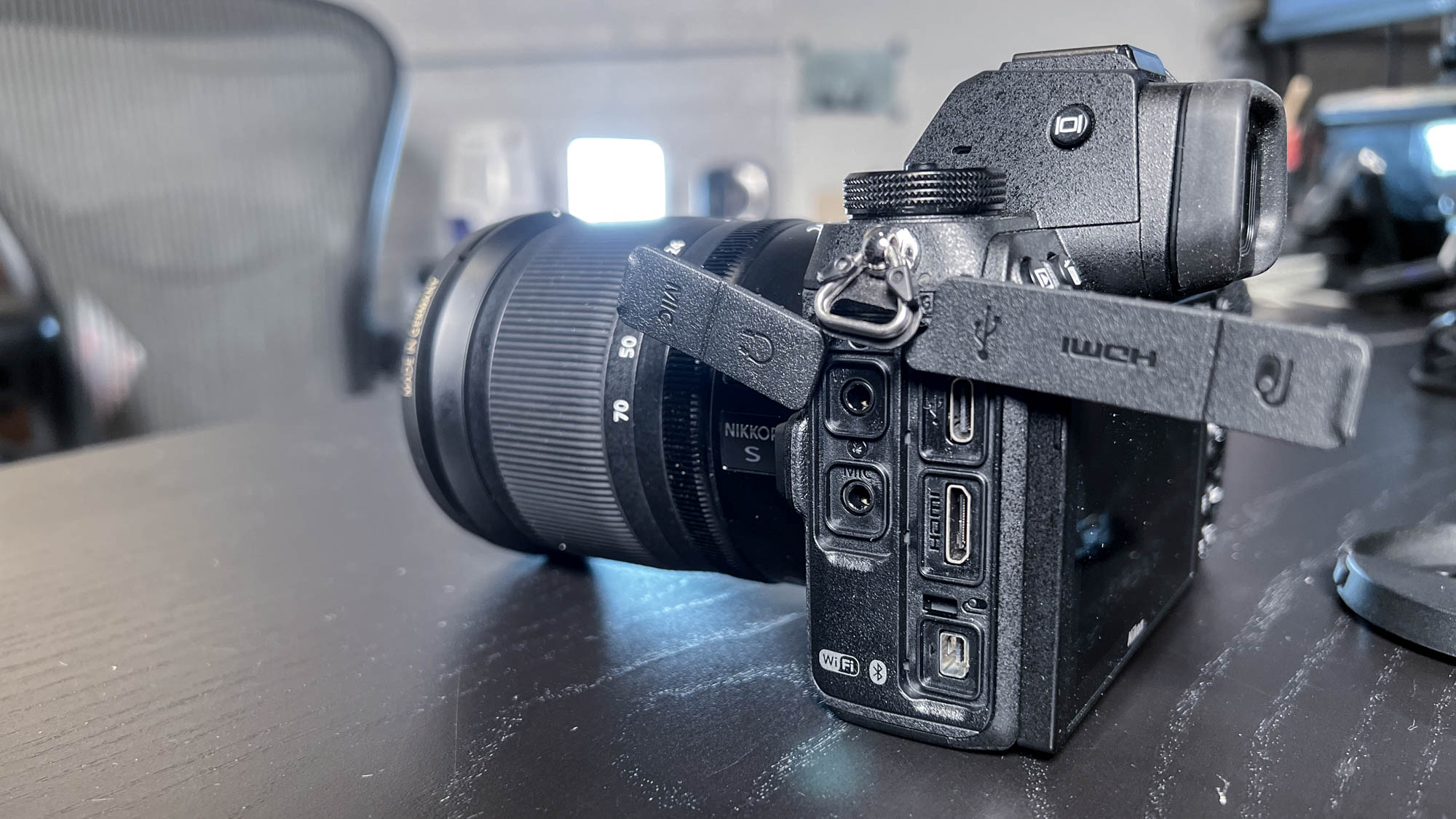
There is also a USB-C port that facilitates both charging and interfacing with your computer. The camera is well-equipped to handle video-rig and cable-tethered situations.
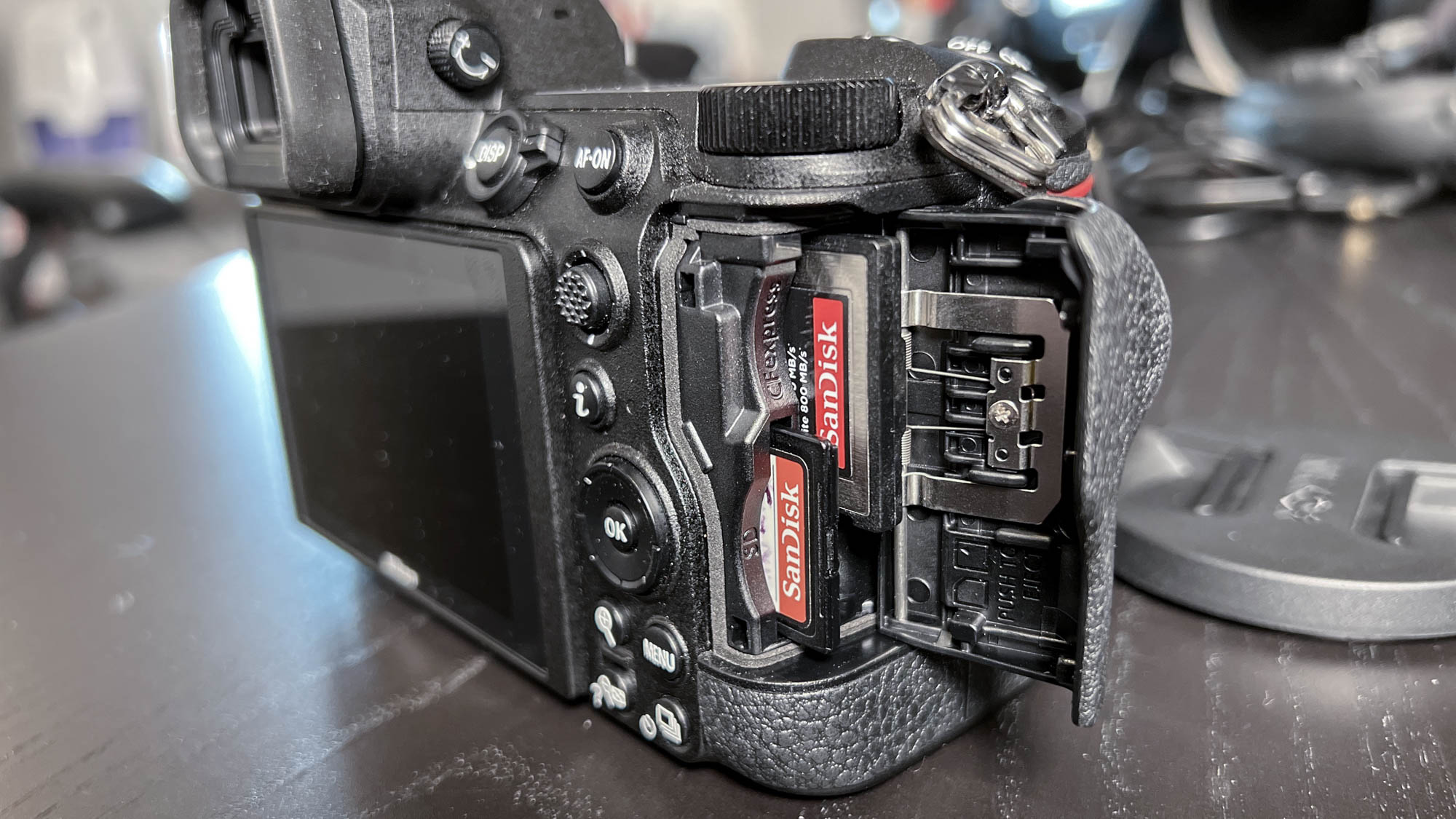
The right side houses the card slots. Excluding the Z5, all the cameras in the Z range have one SD card slot and one CFexpress slot. Having multiple card slots means versatility. For example, you can record video to one and stills to the other; or use the CFexpress card as an in-camera backup for your footage. It opens up possibilities for custom approaches, and should offer some extra future-proofing, but you might need to get two card readers!
Nikon Z6 II controls
The Nikon Z6, Z6 II, Z7 and Z7 II all have the same control configuration with the main dial on the top left and a screen that displays shooting settings to the right of the EVF. On the right hand of the Z6 II, you have three clusters of controls on the front, top and rear.
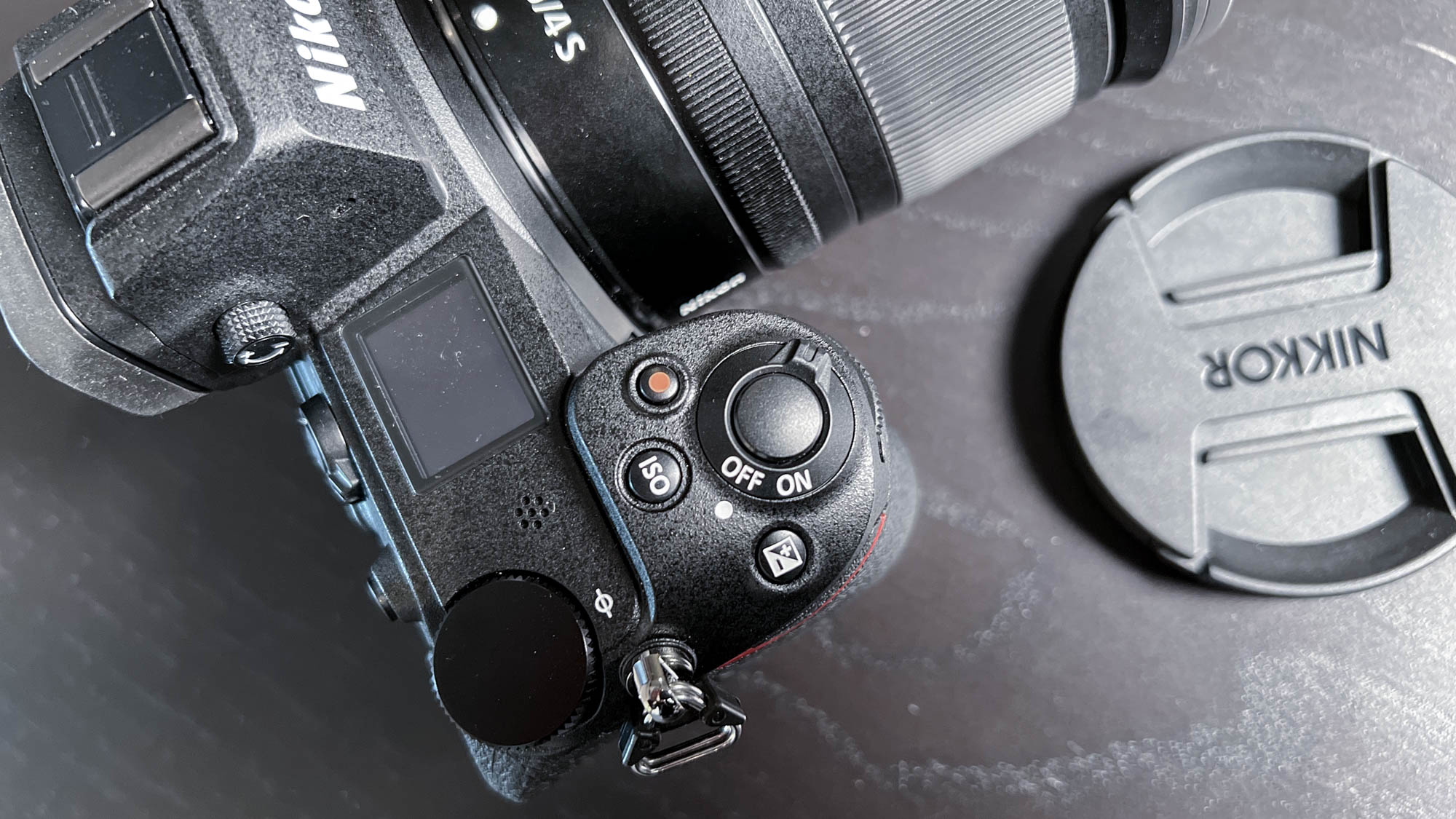
On the front are two programmable function (Fn) buttons. Across the camera, there are nine buttons that can be user-assigned, making it very customizable. I typically use the Fn1 and Fn2 buttons on the front to access focus/exposure and autofocus settings quickly. This way, I adapted to different shooting styles from a precise single-point autofocus approach to a snapshot approach using face detection and eye-tracking (which works even on animals).
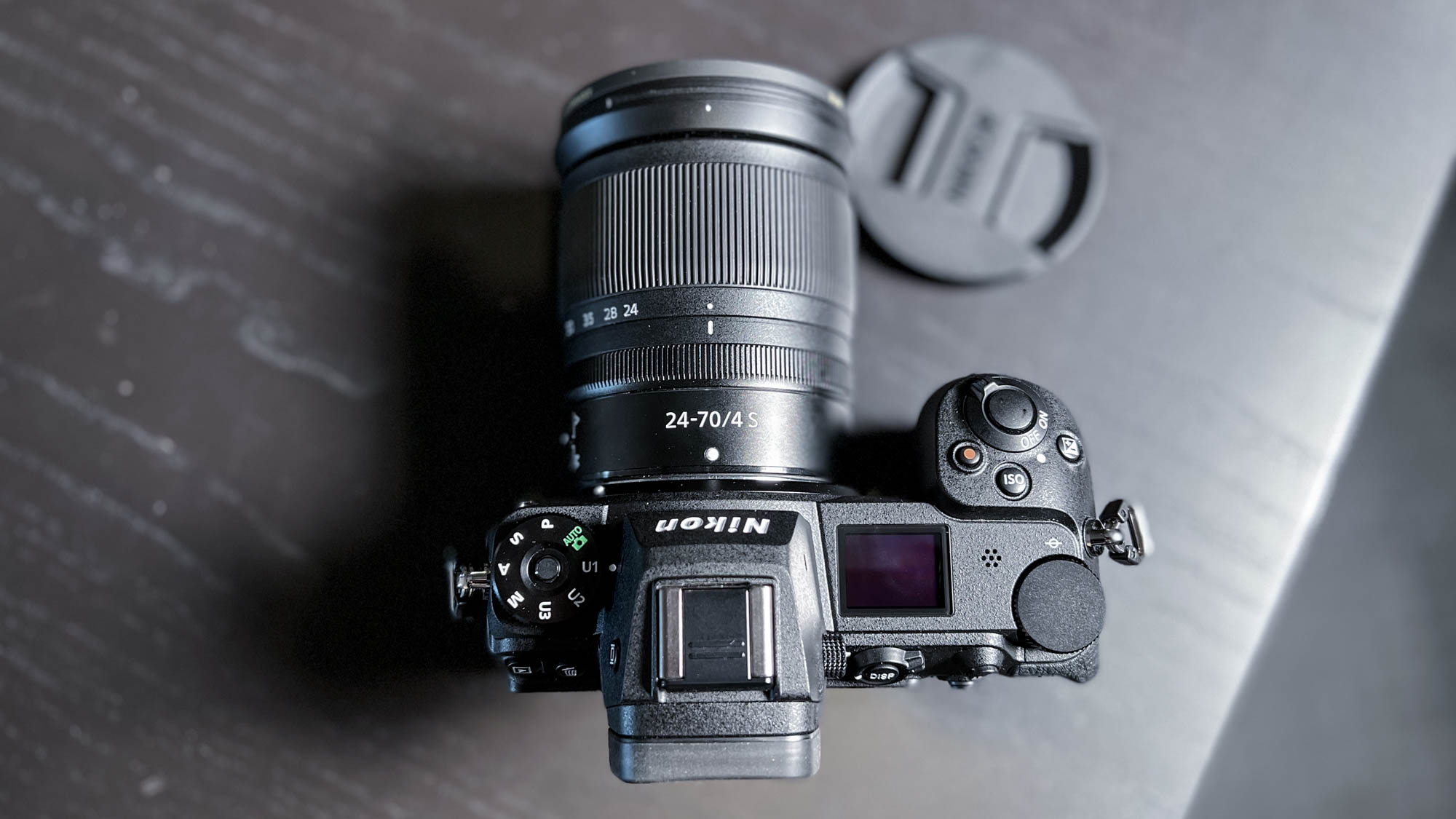
The top of the camera has the main dial on the left which switches between manual, aperture priority, shutter priority, programmed auto, full auto and three storable user settings (U1, U2, U3). The dials for aperture and shutter time adjustment are in their familiar Nikon positions on the right. Alongside the dials, are the power switch and shutter button, the video record button (which can be assigned to something else while in photography mode), and the ISO and exposure control buttons. On the right-hand side of the EVF, is the diopter control dial which can be adjusted by pulling it out.
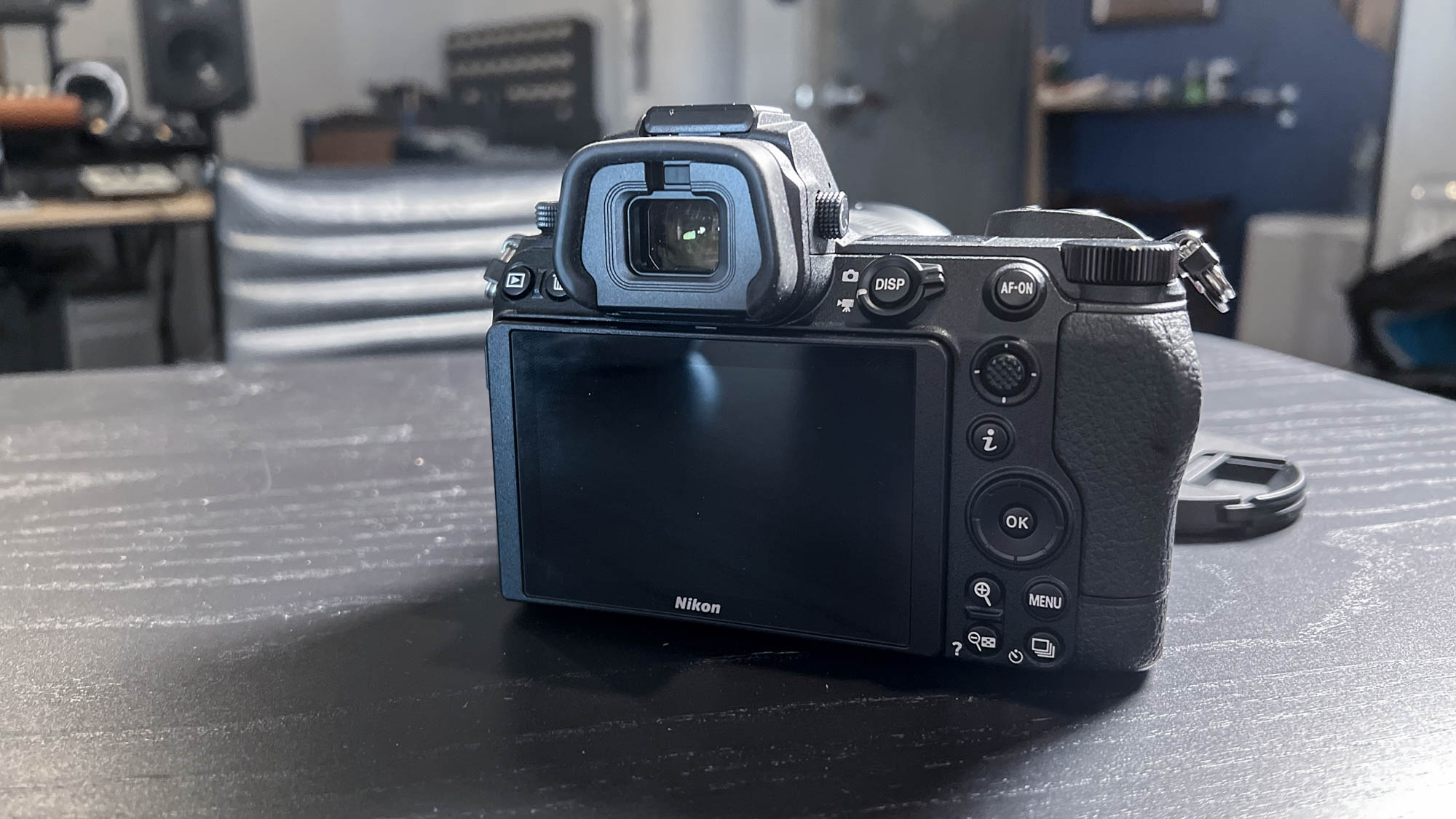
As with the other Z Series cameras, the rear of the Z6 II has the video/photo mode switch and DISP combination, which cycles through the LCD options. Alongside that is the AF-ON button, which Nikon users who shoot pinch style will appreciate. I also find it helpful to program this button for exposure lock, especially in high contrast situations.
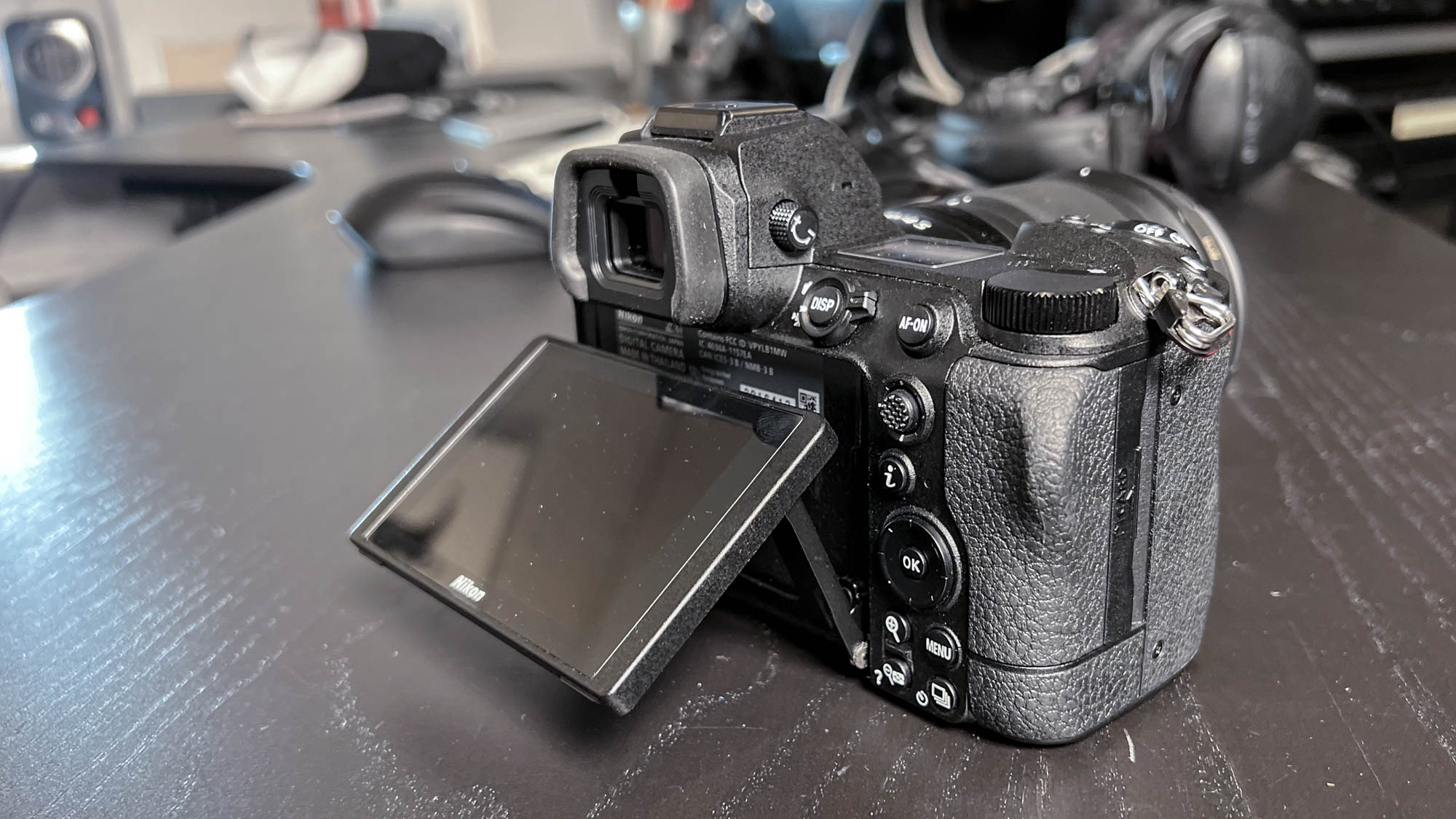
Below these buttons there is the sub-selector stick, which you can use to move the autofocus point, and the information button, which will give you a full readout of settings on the LCD. Then there is the multi-selector and OK button you can use to navigate the menu if you aren’t into using the touchscreen. Finally, at the bottom, are four buttons for zooming in and out, opening the menu, and setting the self-timer.
Nikon Z6 II display
When shooting video I exclusively use the partially articulating rear screen. The 3.2-inch, 2.1M dot LCD screen feels sturdy and reliable, but like the other cameras in the range does not tilt left to right.
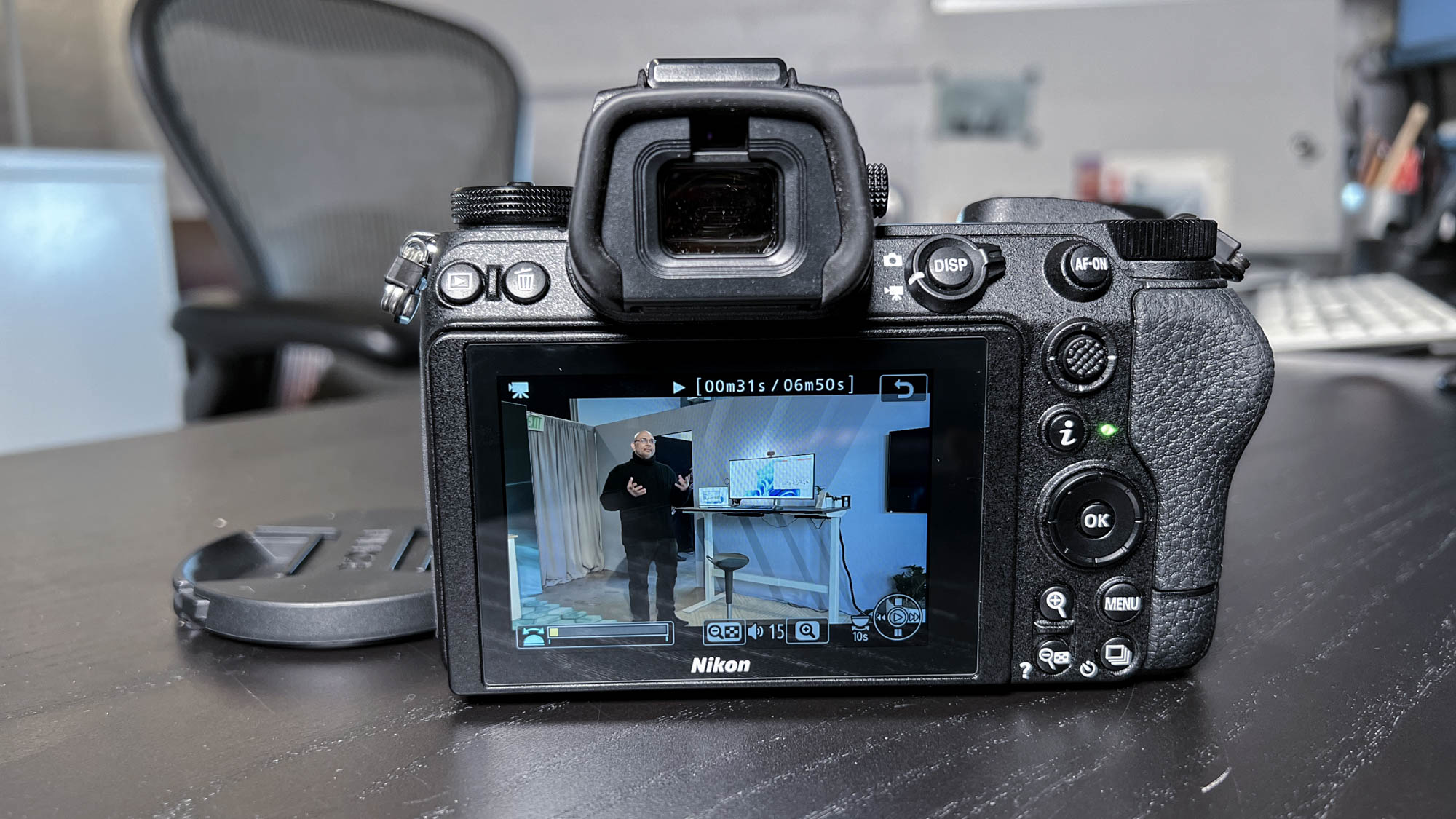
In my favored filming approach, with the Z6 II mounted on the Weebill-2 Gimbal, this mattered little because the camera is by-and-large always in front of me. In a tight, tripod situation this might prove a little frustrating, but remember this is an all-rounder – more in the aggressive batting, and line-and-length, style of Ben Stokes than the specialist spin of Jack Leach (were this cricket).
Nikon Z6 II image and video quality
The Z Series cameras deliver images in either Nikon’s raw image format, .NEF, or in three different JPEG qualities: fine, normal and basic. The compression ratios of these JPEG qualities are 1:4, 1:8, and 1:16, respectively. They can also record images in both RAW and JPEG formats simultaneously. The Z6 II is the first Nikon camera, however, to be powered by two EXPEED 6 processing engines meaning faster image processing with more buffer capacity. This increases the speed of the camera all round.
Video compression is H.264/MPEG-4. It can shoot 10-bit N-Log or HDR (HLG) footage using an external recorder. And with a $200 paid upgrade it can output 12-bit ProRes RAW or Blackmagic RAW via HDMI – an especially helpful addition for those who shoot video with hybrid multi-camera setups, like we do at Laptop Mag.
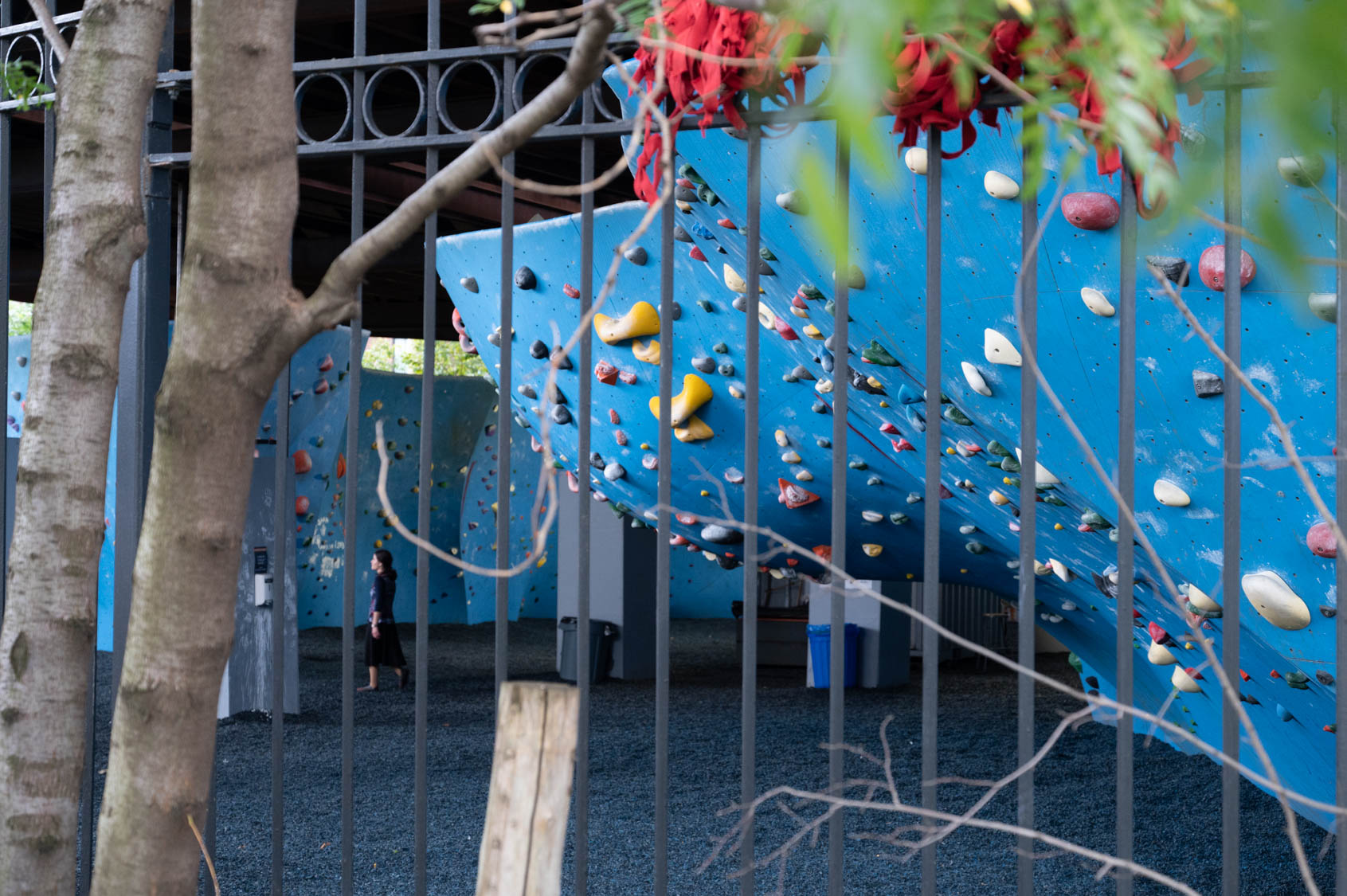
Outdoors on an overcast day in DUMBO, Brooklyn, the different colors on this climbing wall show up clearly and distinctly. On brighter days, the spectral response of the full-frame sensor is apparent in the yellows of this school bus and in the blues and blacks of this crashed car.
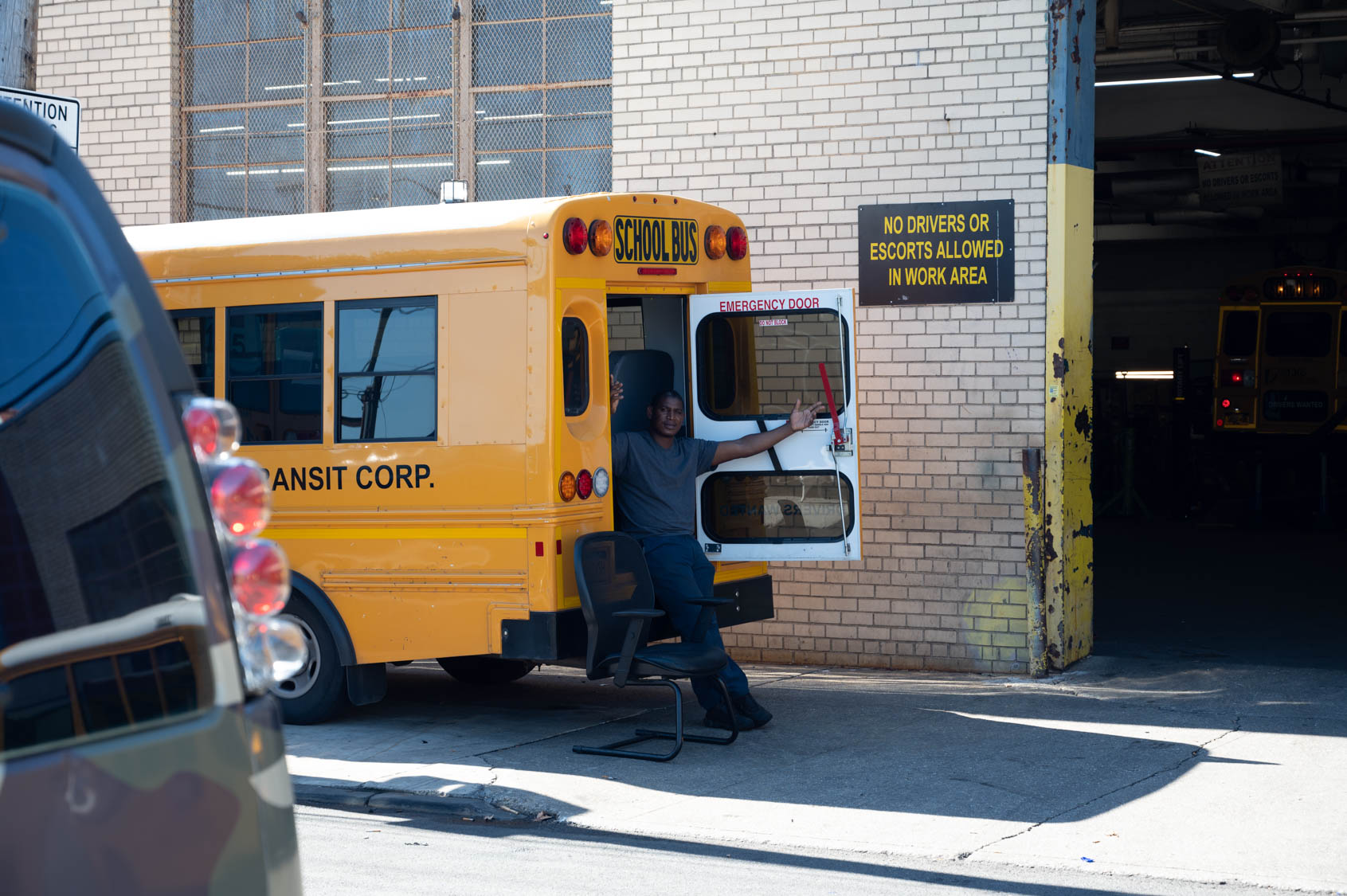
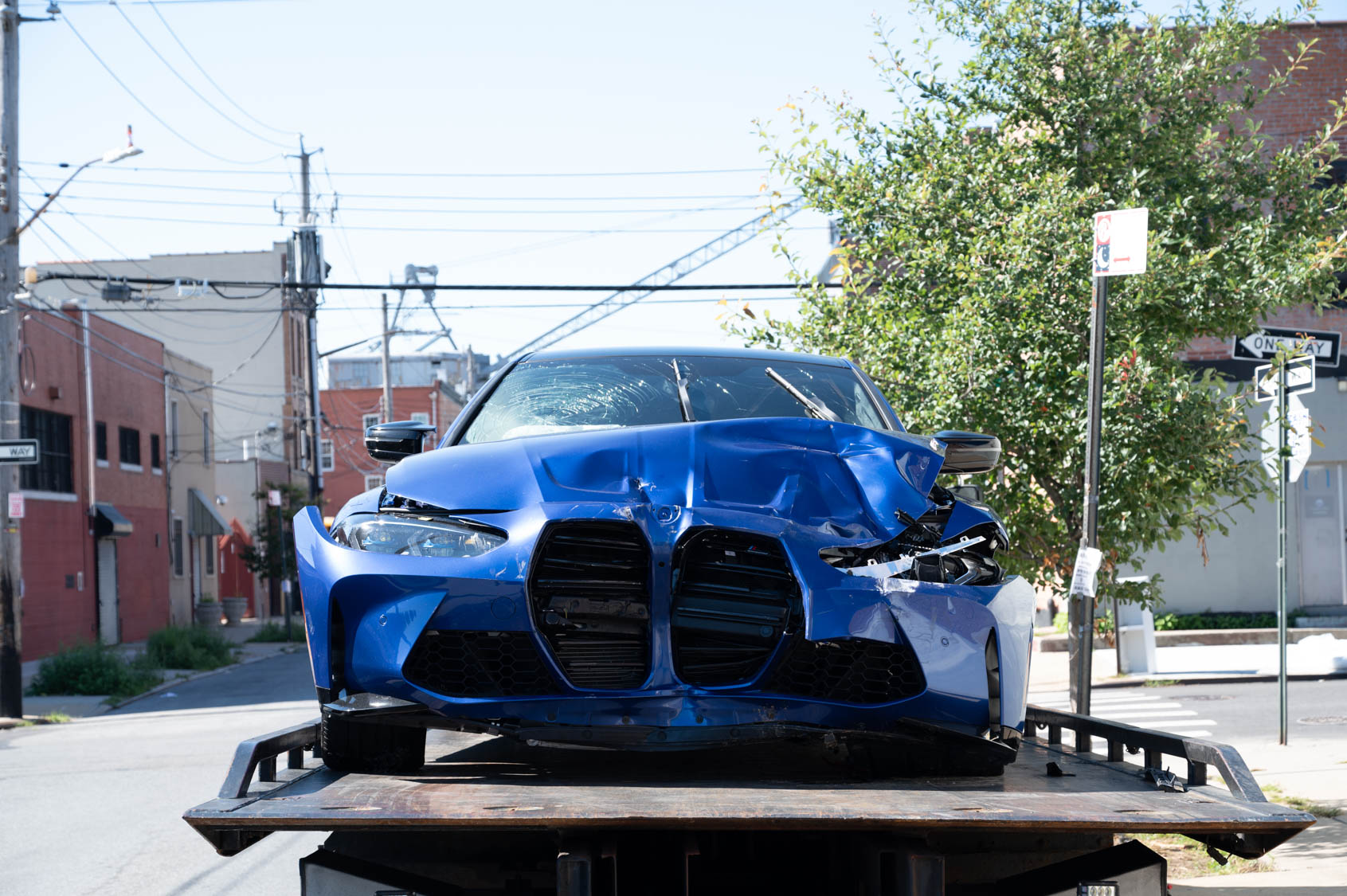
And closeup, the color rendition remains accurate in both the blazing burnt orange and blue of this butterfly’s wings in direct sunshine, and the shaded leaves of this tomato plant.
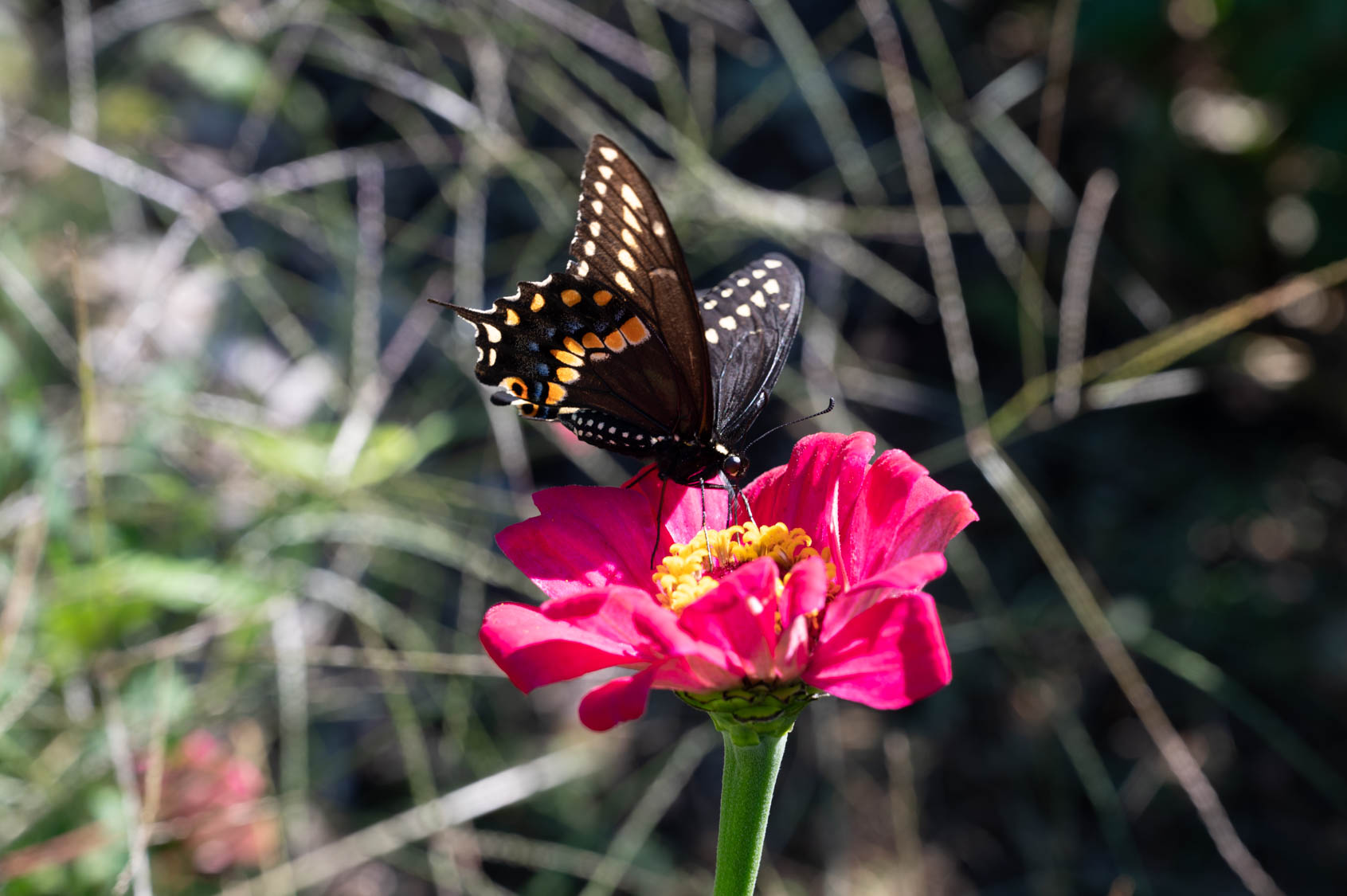

Nikon’s photos often have a distinct character where the contrast and desaturation are pushed a little (in Standard setting). These images show how the Z6 II continues that trend in the brilliance of the security guard’s white shirt, and the definition of the blacks in the brick work of this Victorian-era warehouse.
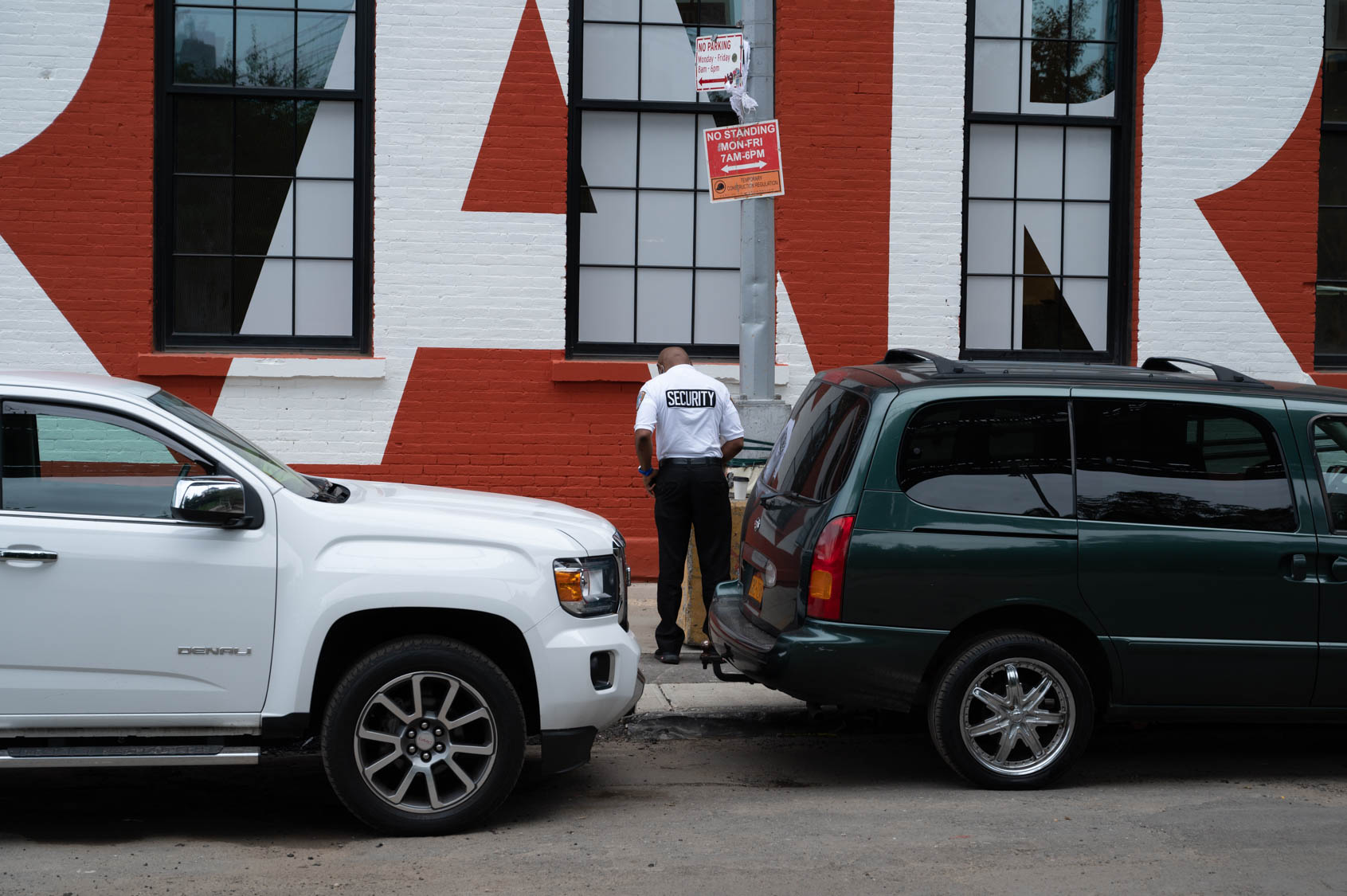
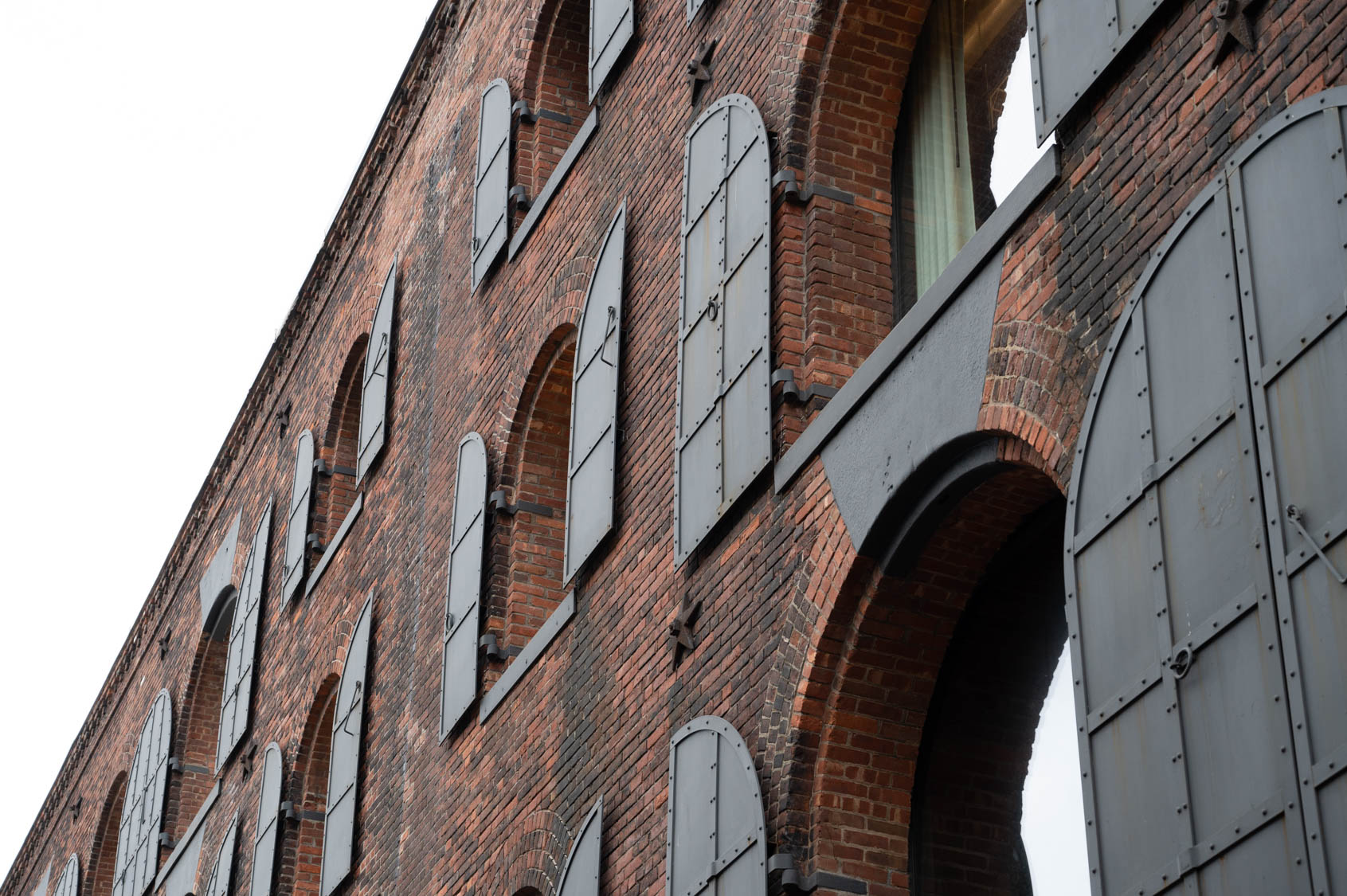
To evaluate the ISO noise and High Dynamic Range settings, I shot these images of the Brooklyn Bridge at dusk, the first at 3,200 ISO, the second at 8,000 ISO, and the third at 8,000 ISO with HDR on. The fourth image, of DUMBO’s Front Street, is at 10,000 ISO with HDR, and the fifth at 20,000 ISO. As you can see, even handheld (at 1/30, f/4) the camera can pull an impressive amount of light out of a nearly nighttime sky with little noise or shake. And even at 25,600 ISO the noise is very workable in the bokeh of this photo of a housefly.
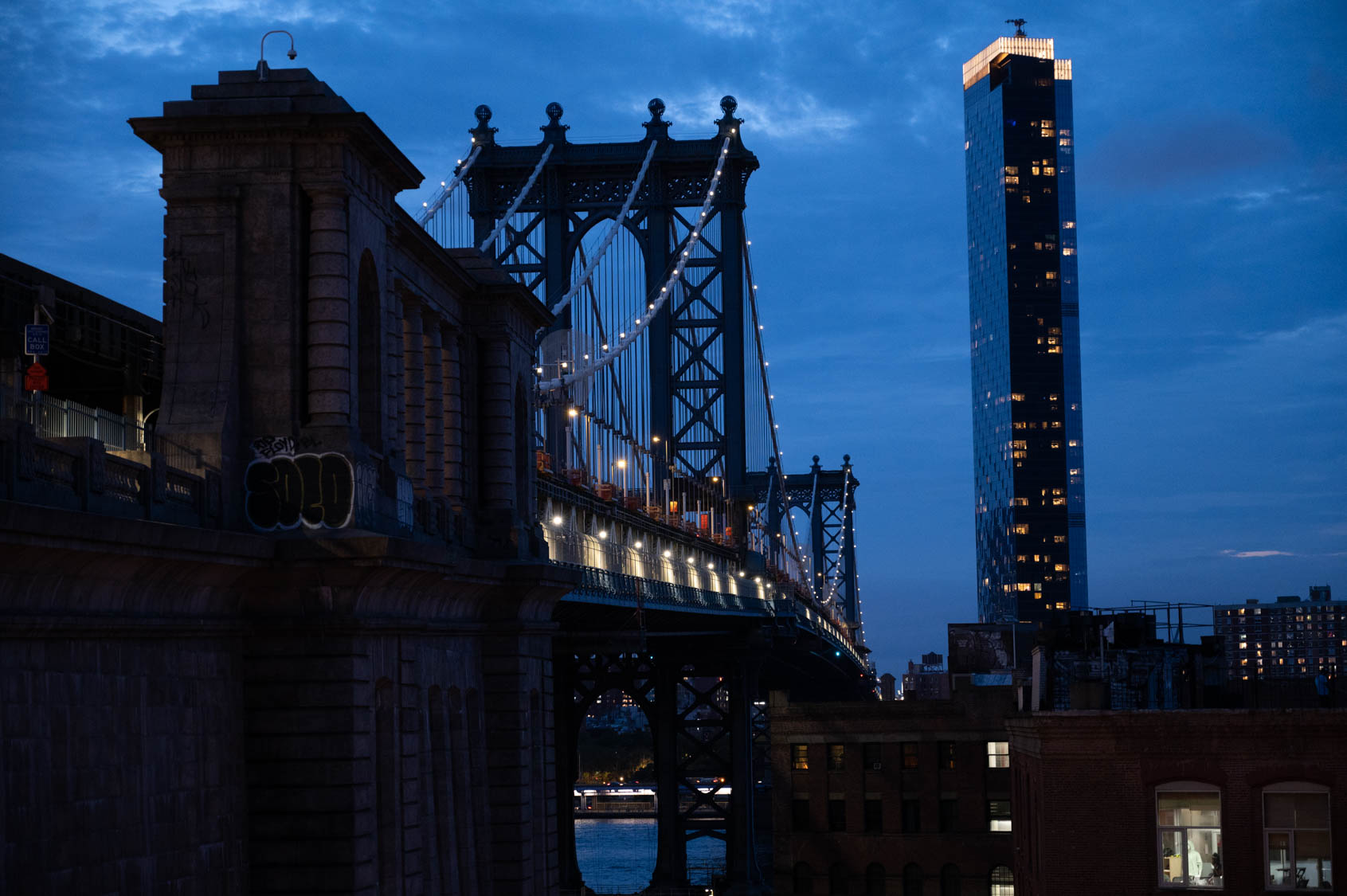
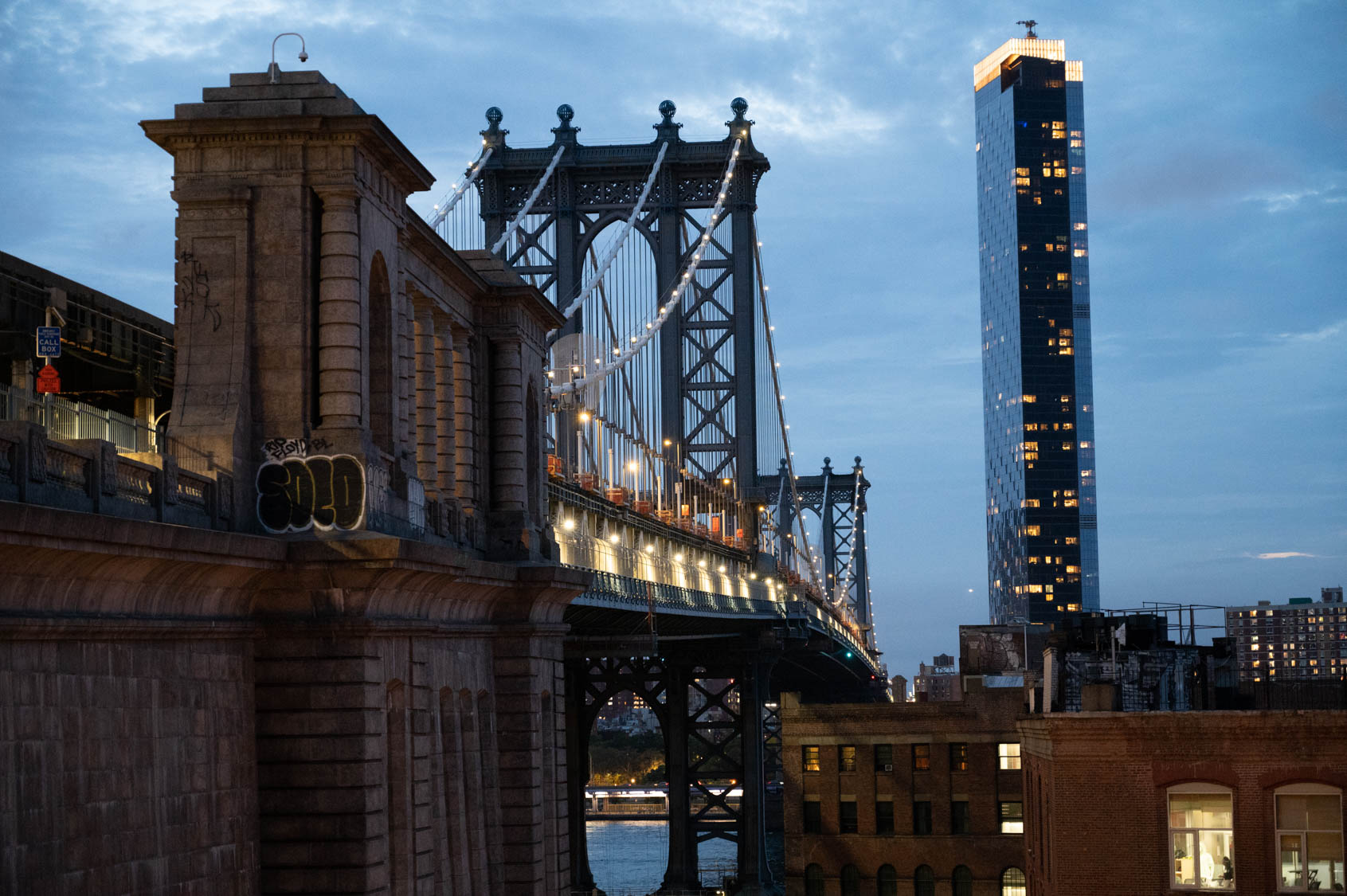
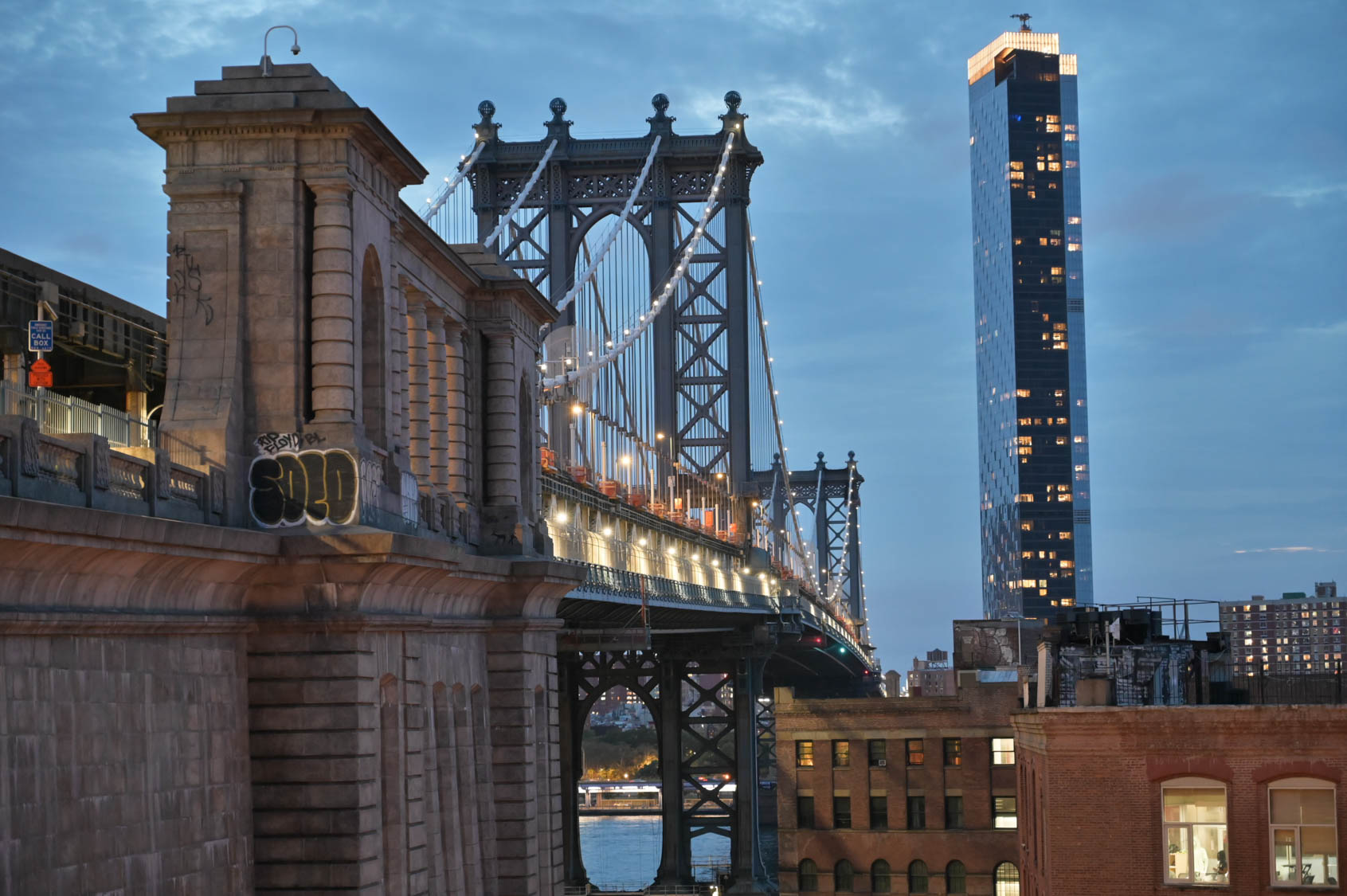
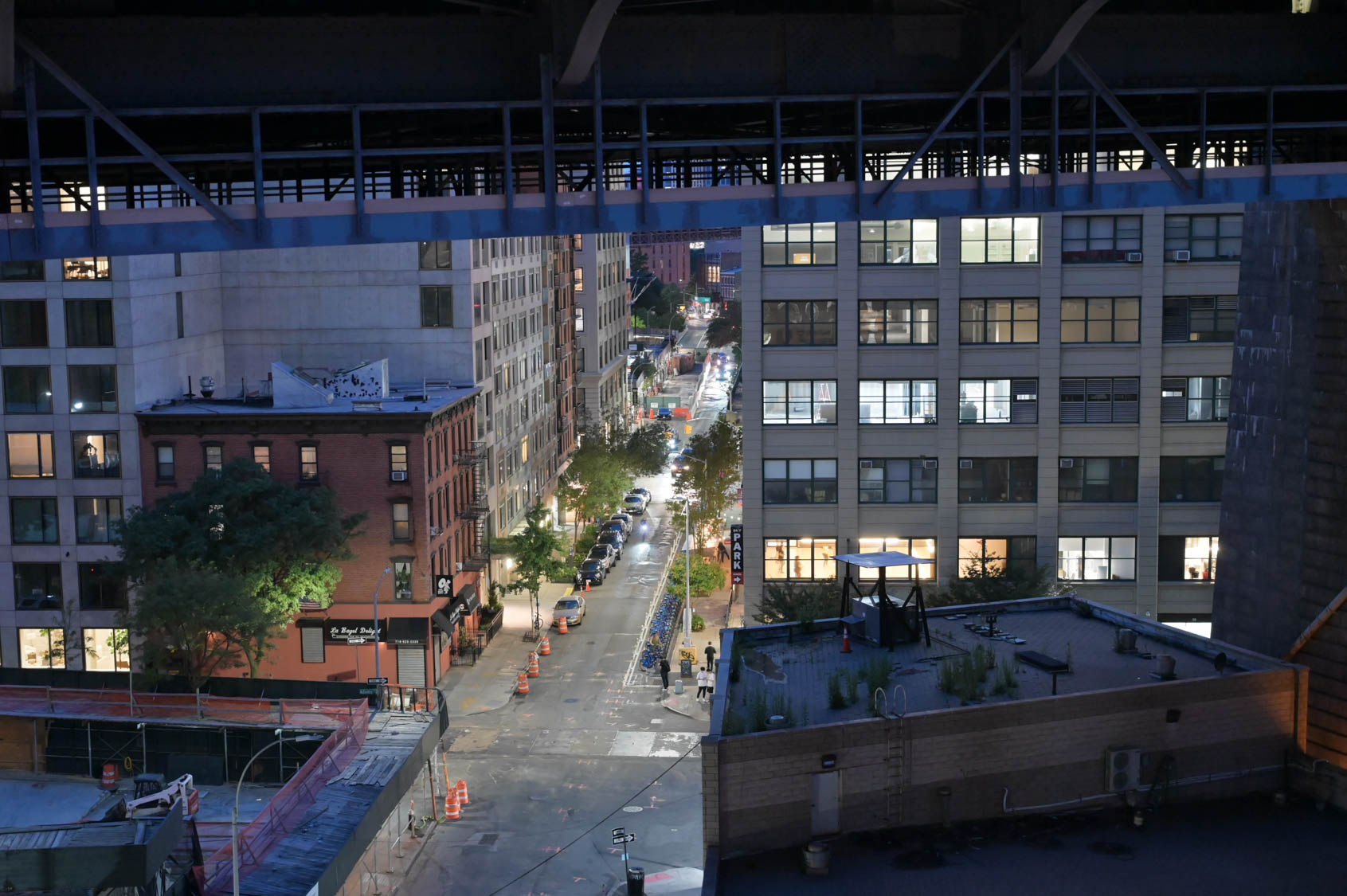
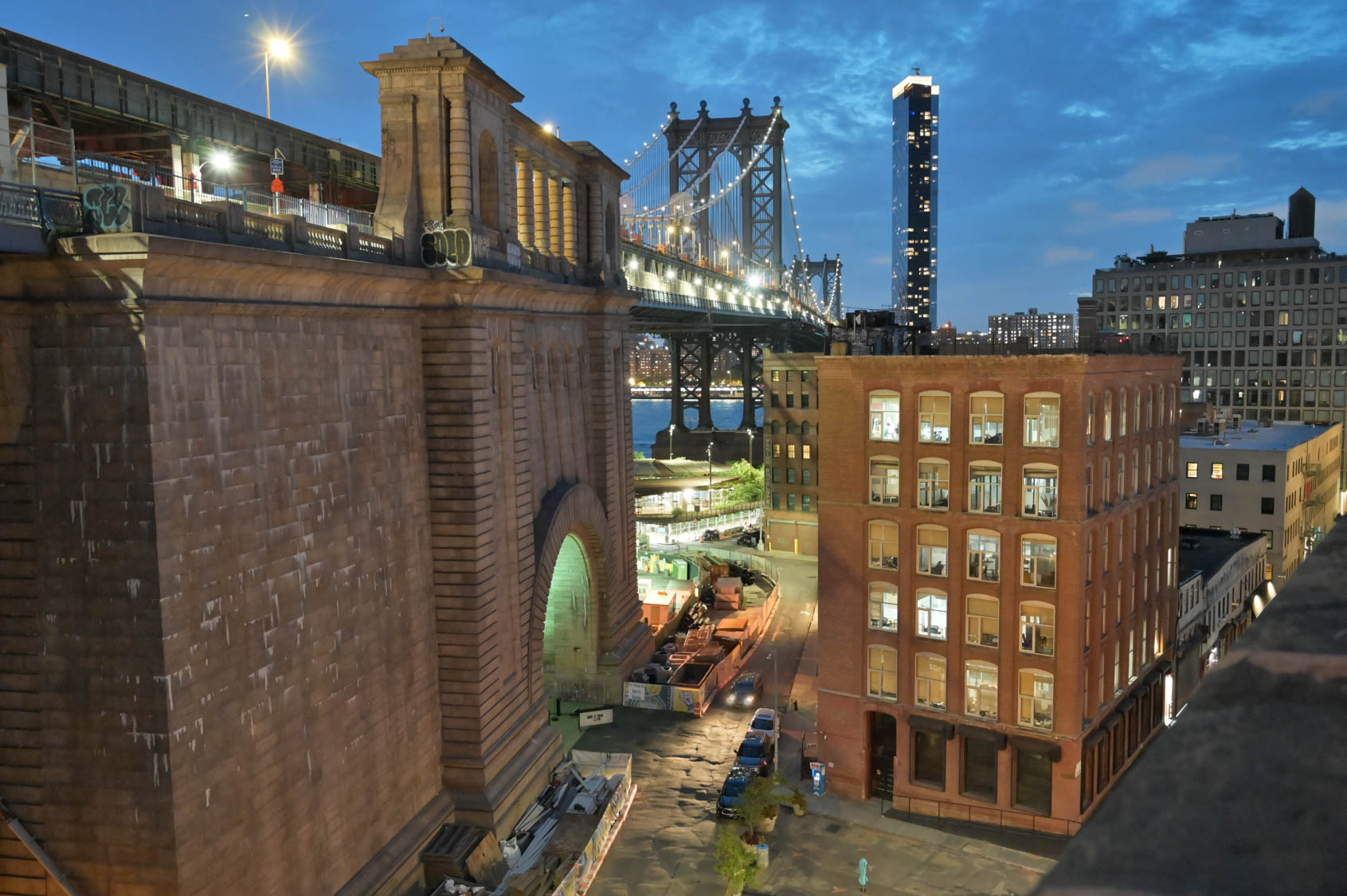
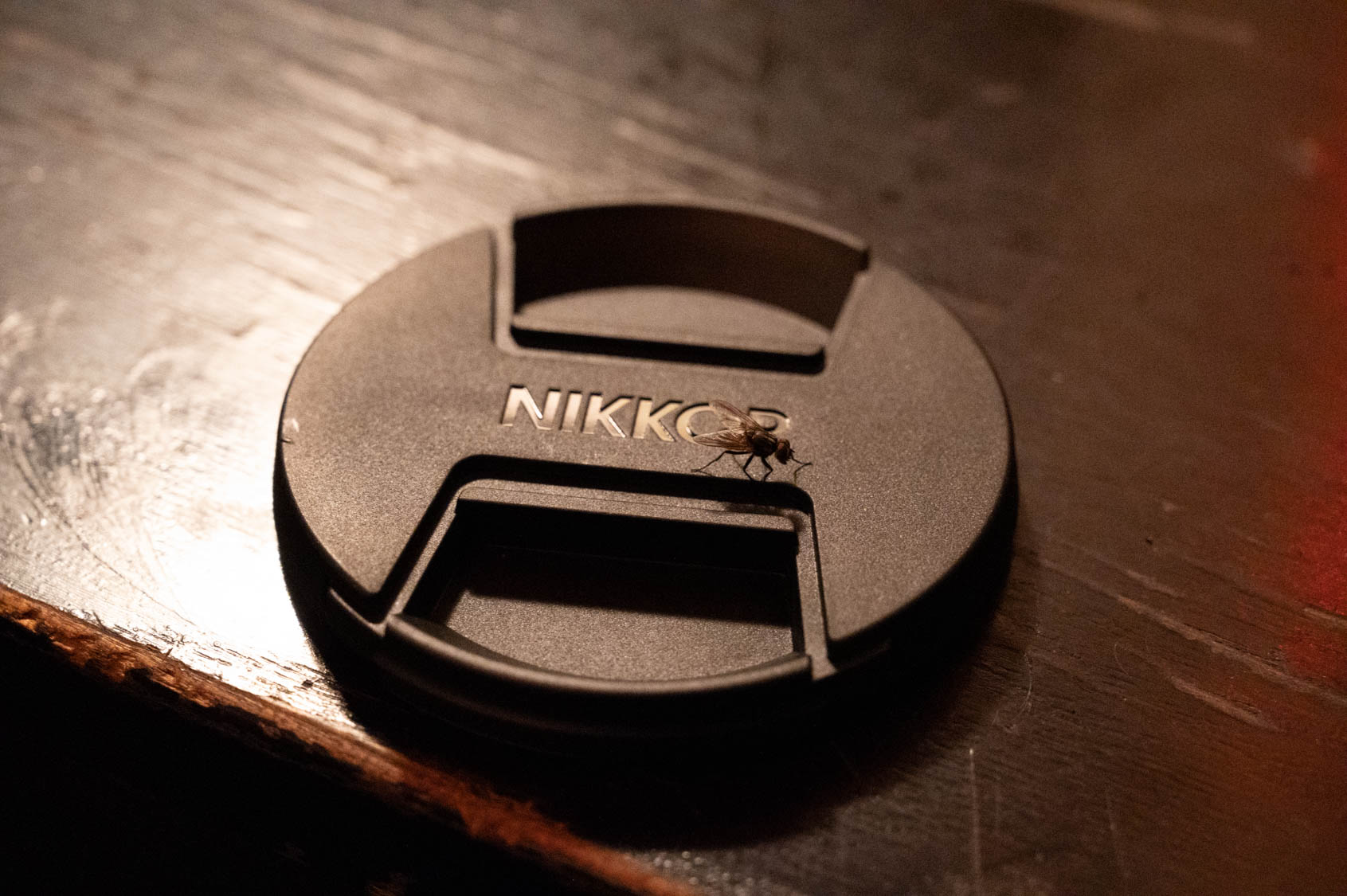
As mentioned, Nikon increased the buffer size for the Z6 II. To test this I shot Jane’s Carousel in Brooklyn Bridge Park as fast as I could… until I gave up. I couldn’t get the camera to stall, it was always ready for the next shot. And considering that it can shoot 14 FPS in burst mode that’s no surprise, I doubt I will ever feel constrained by it in this regard.
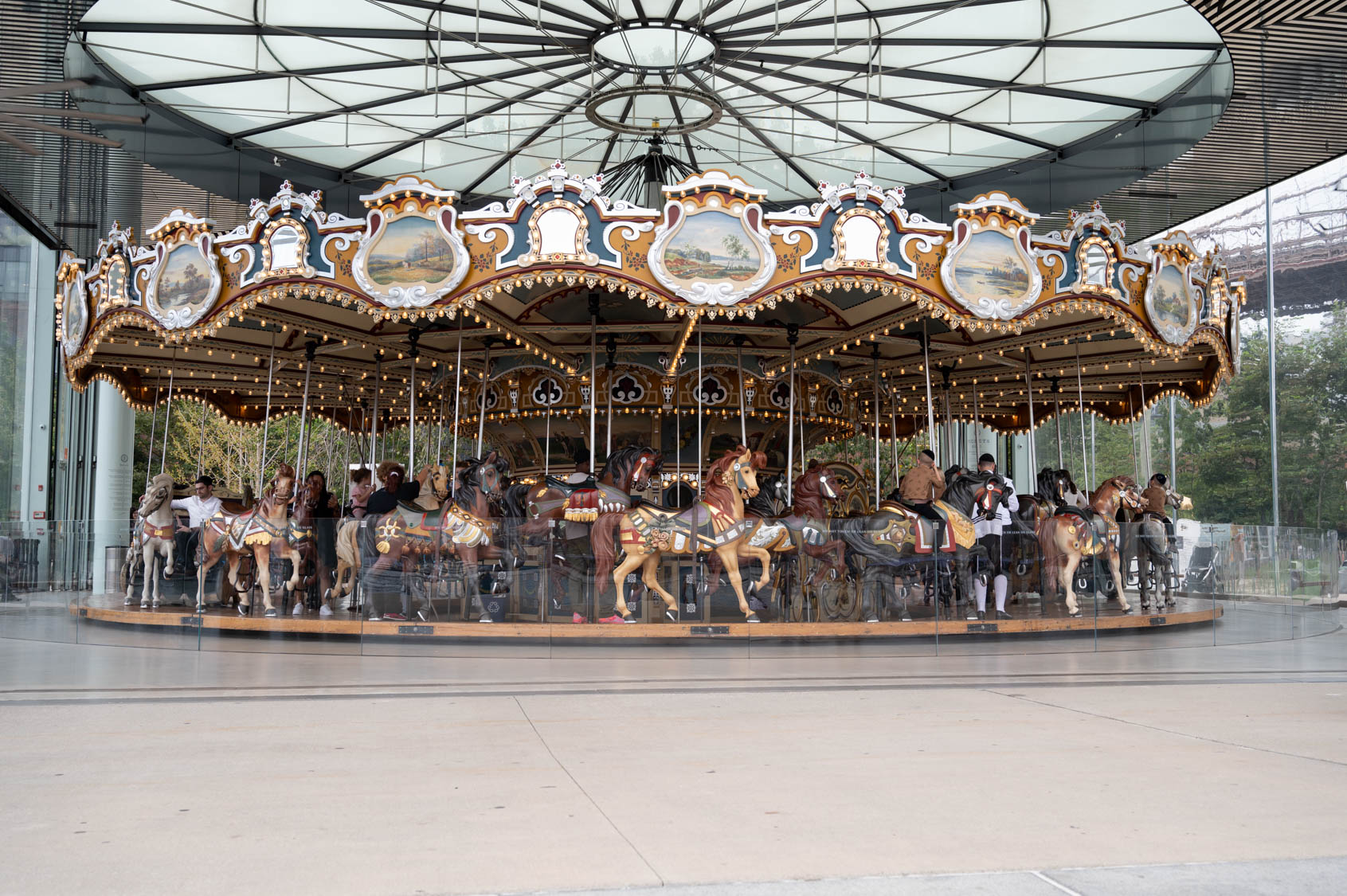
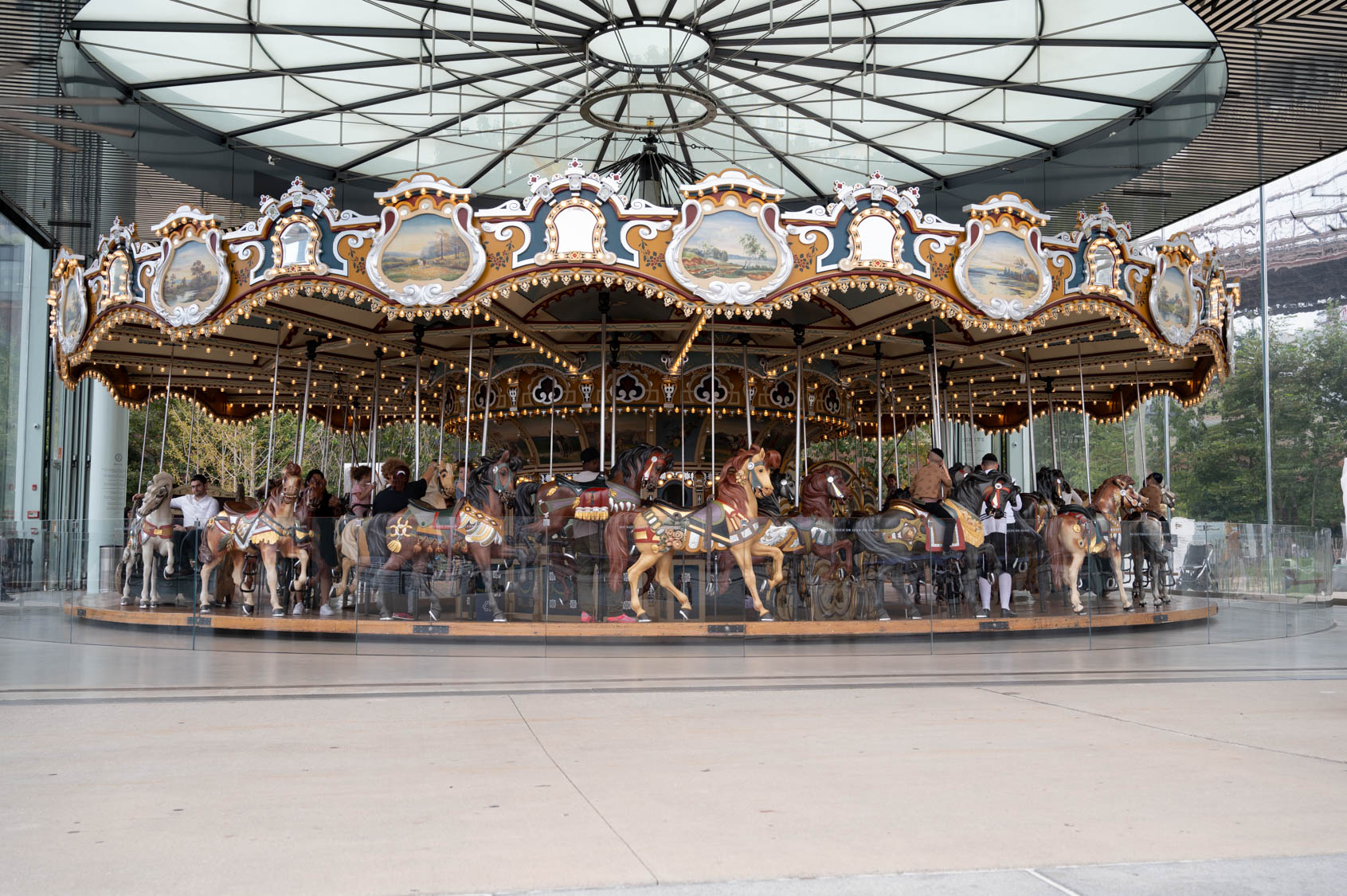
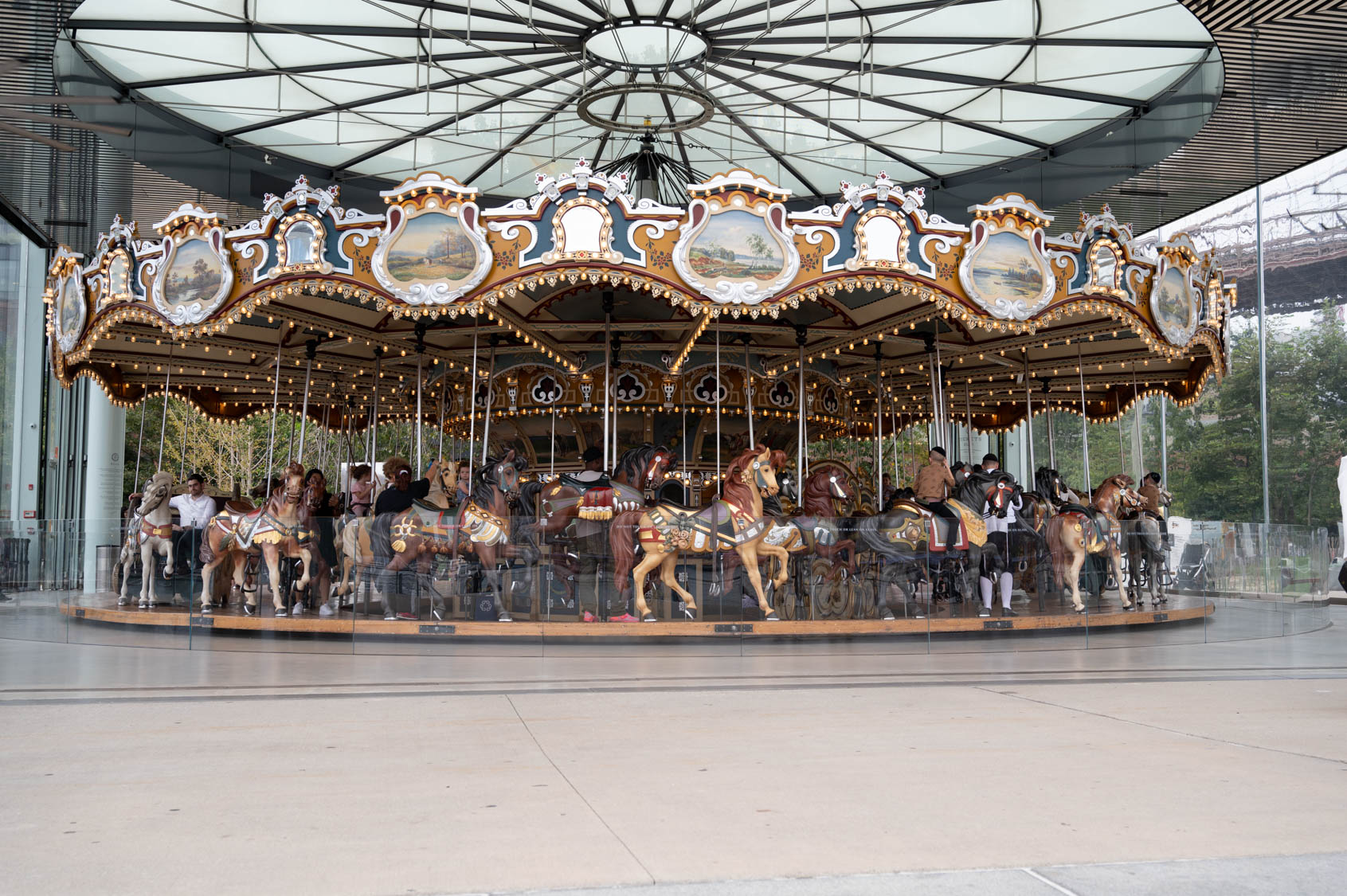
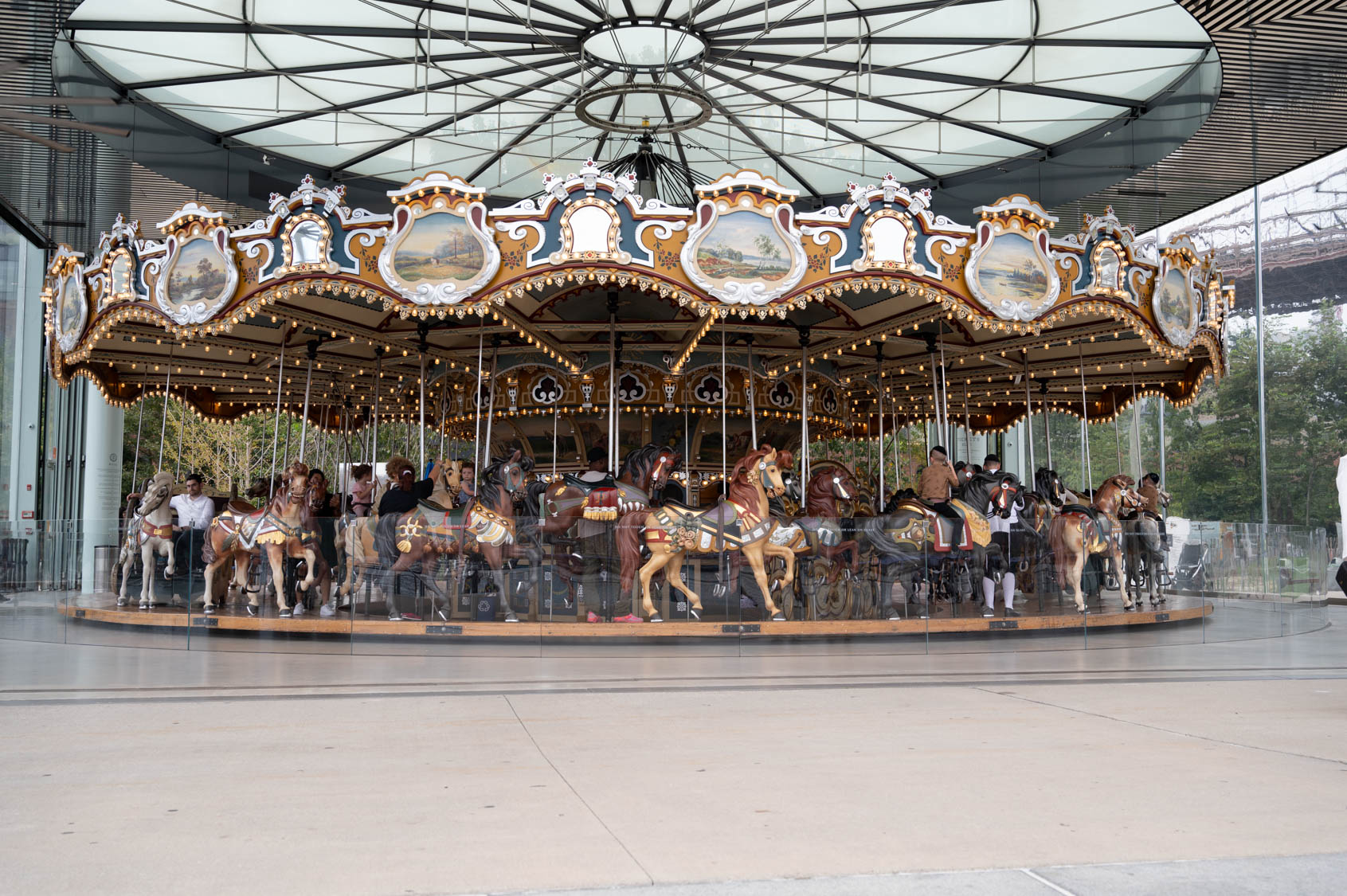
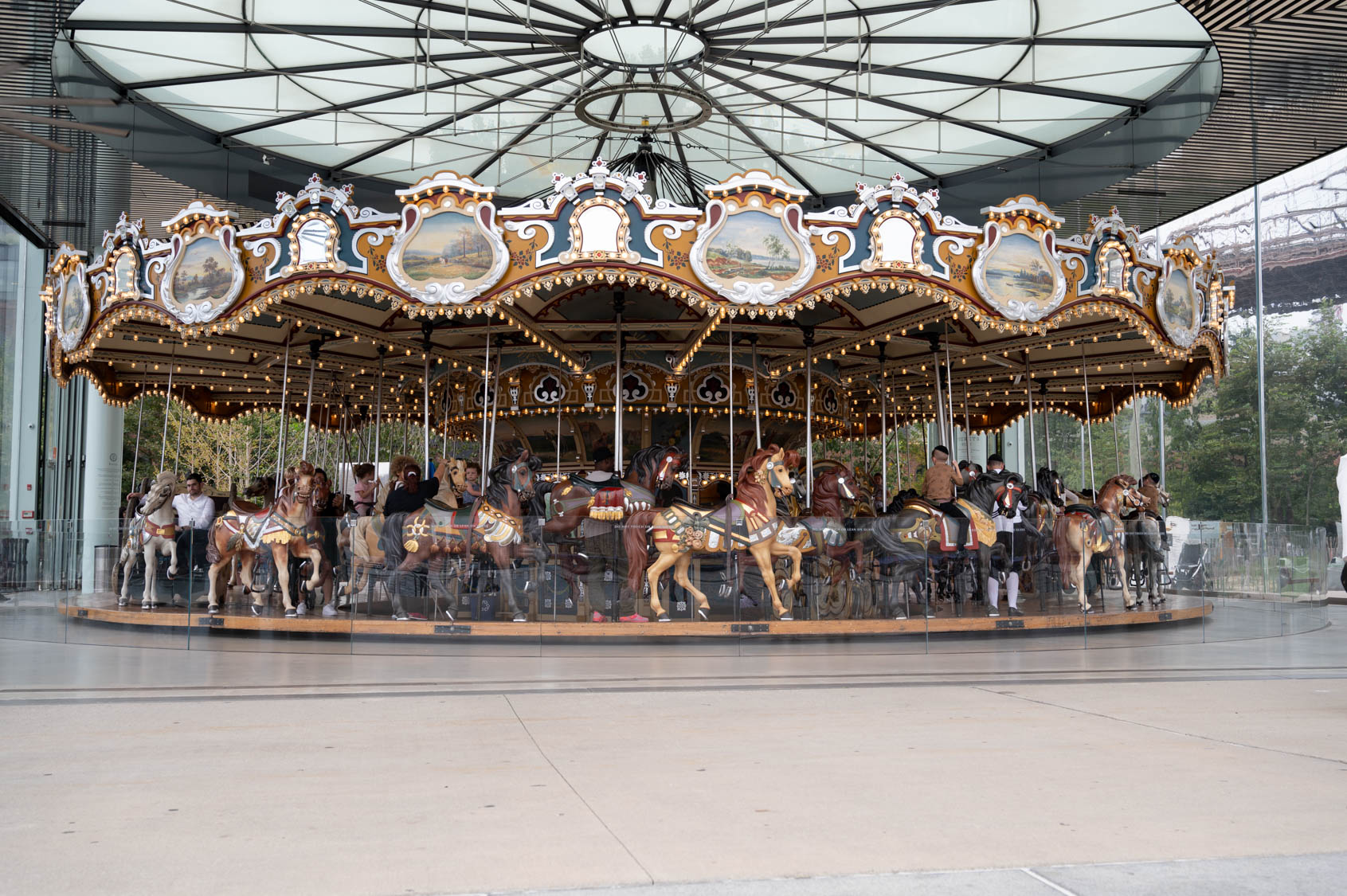
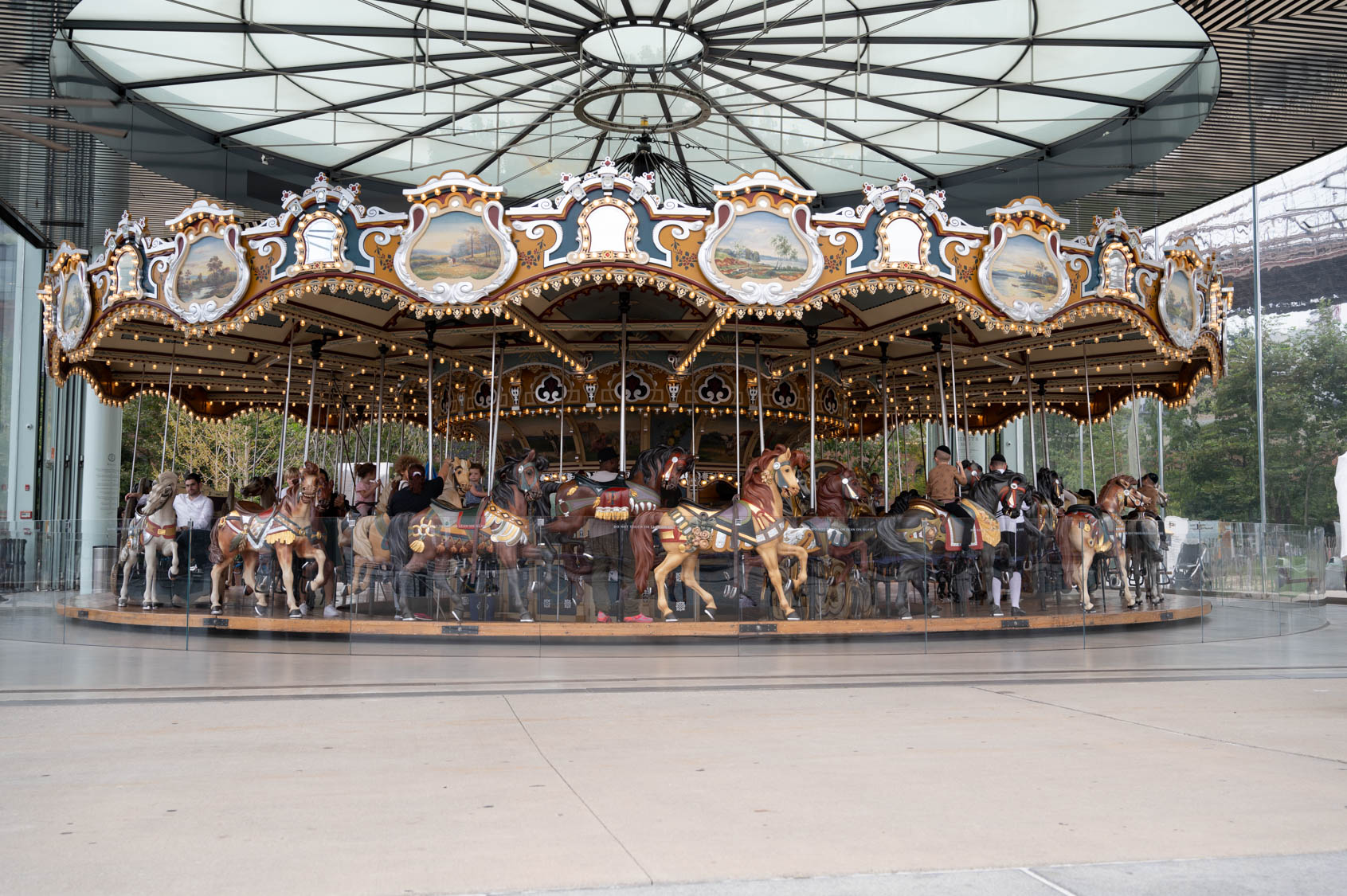
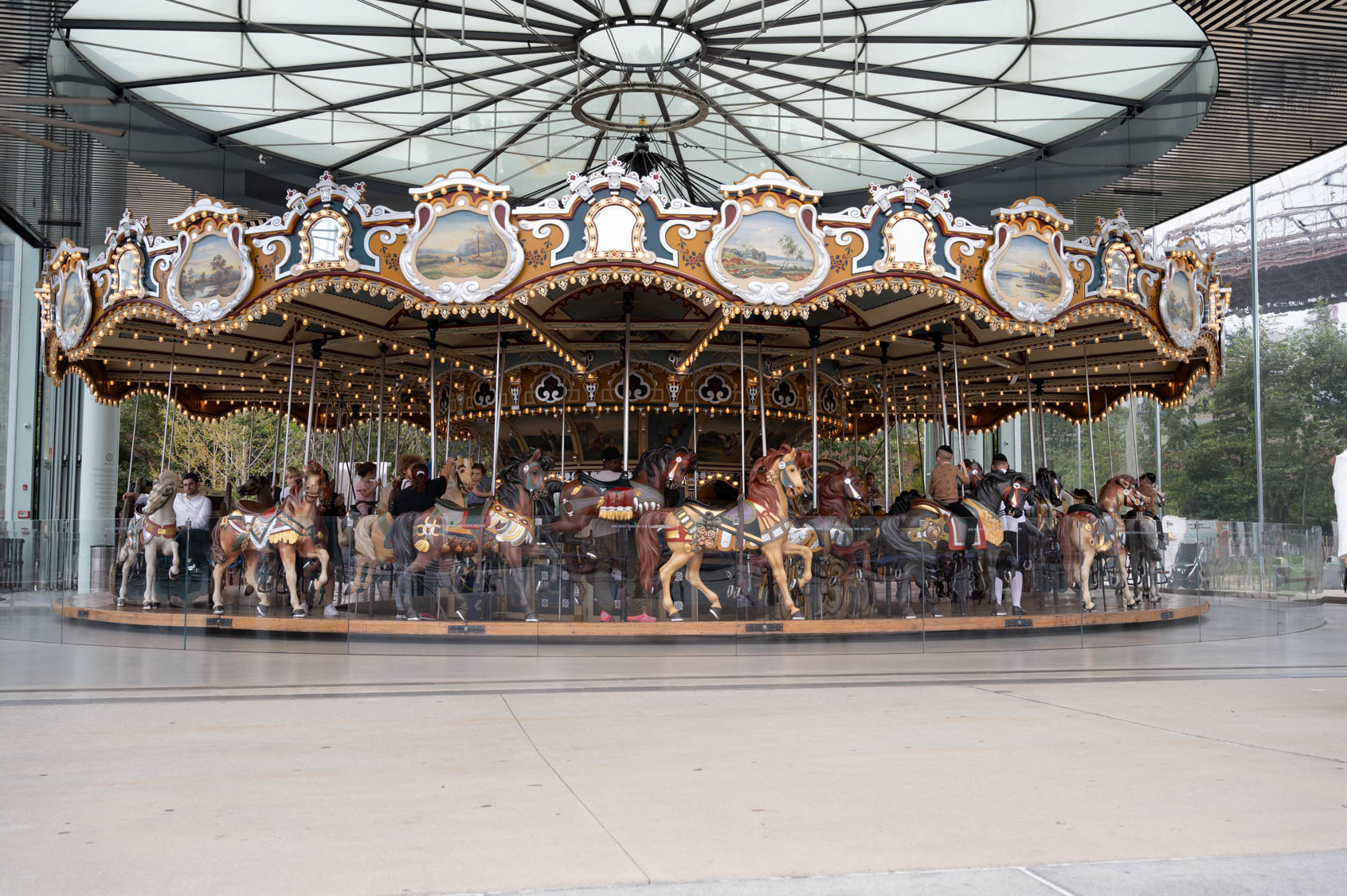
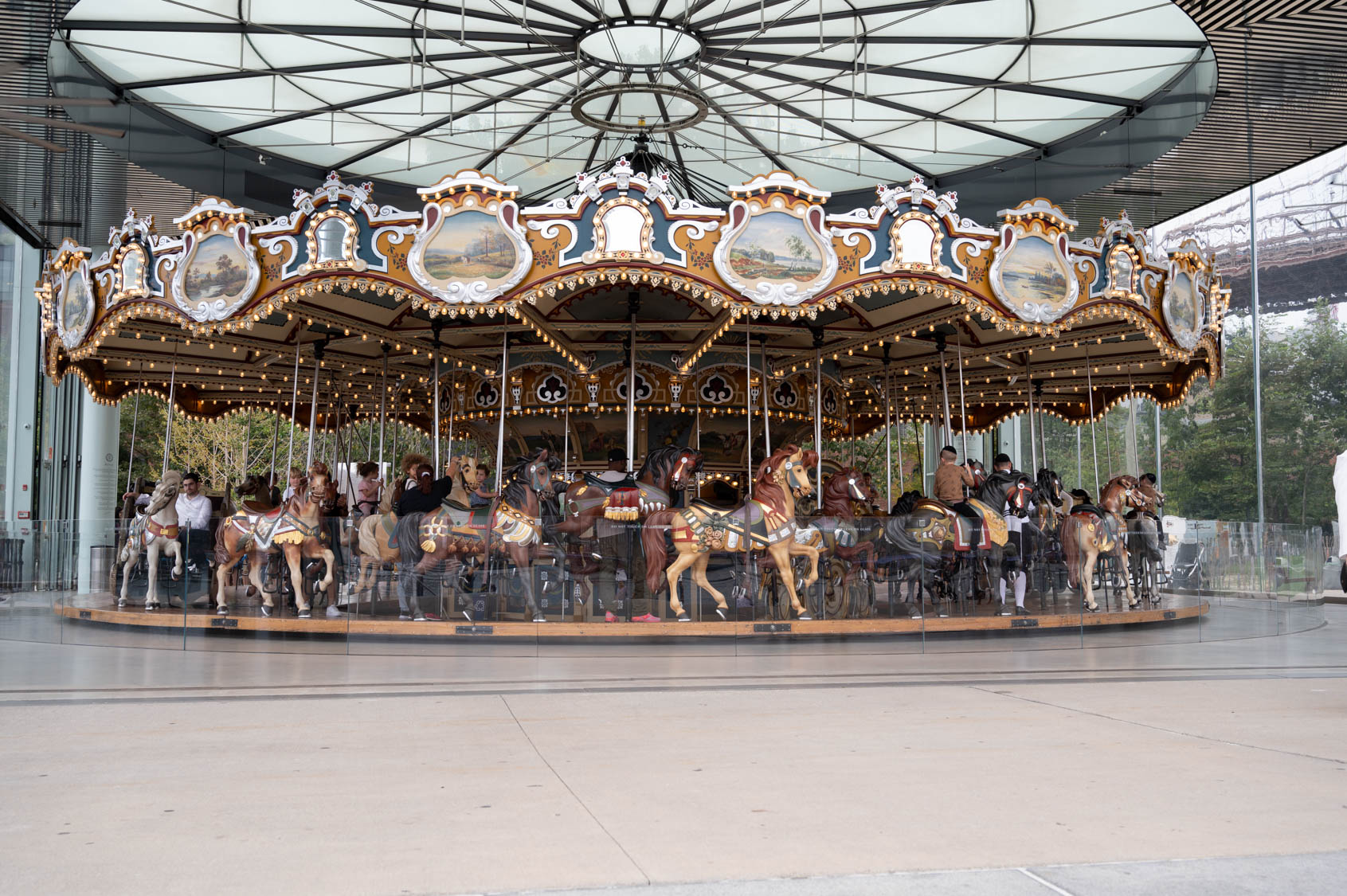
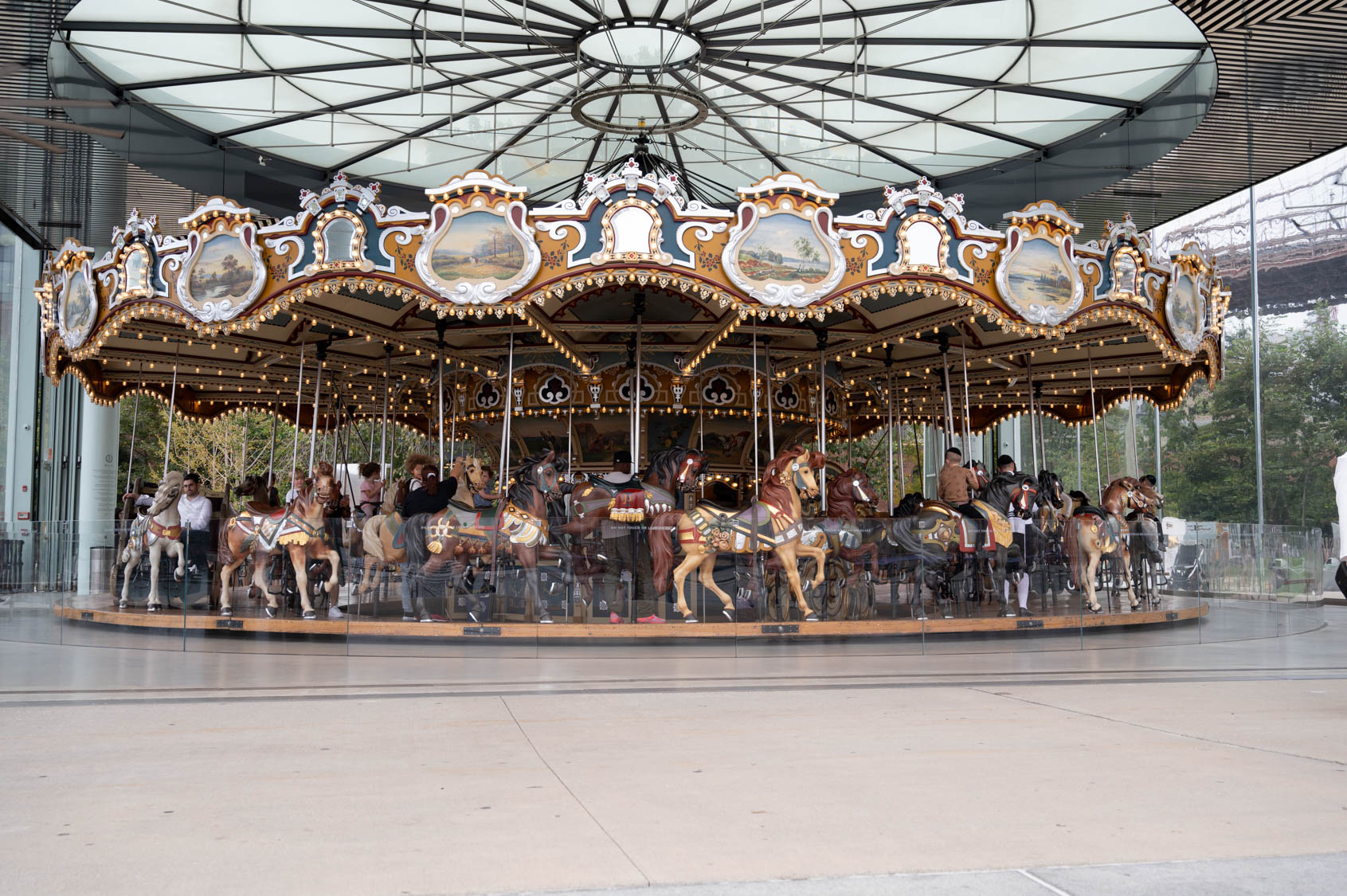
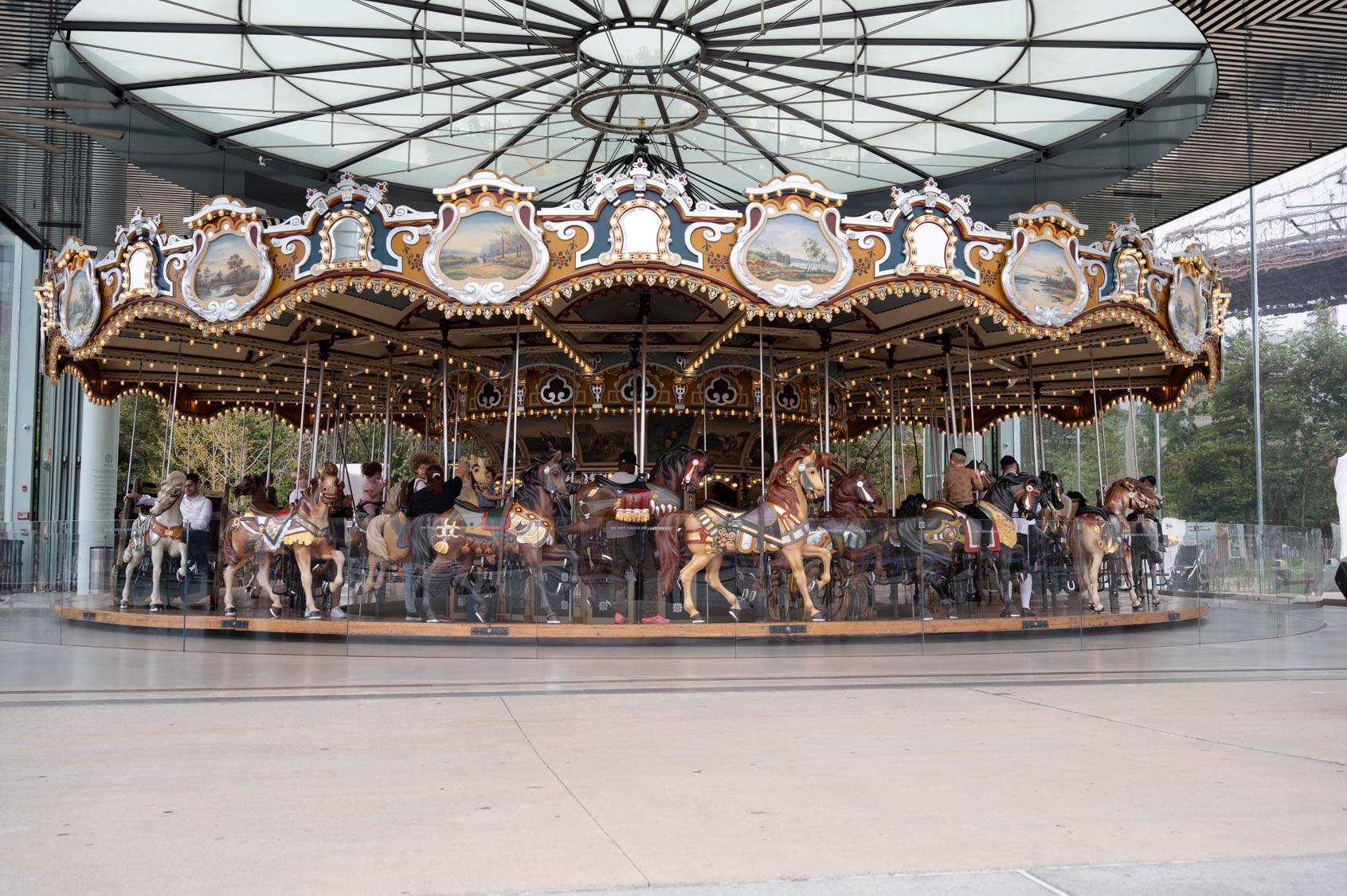
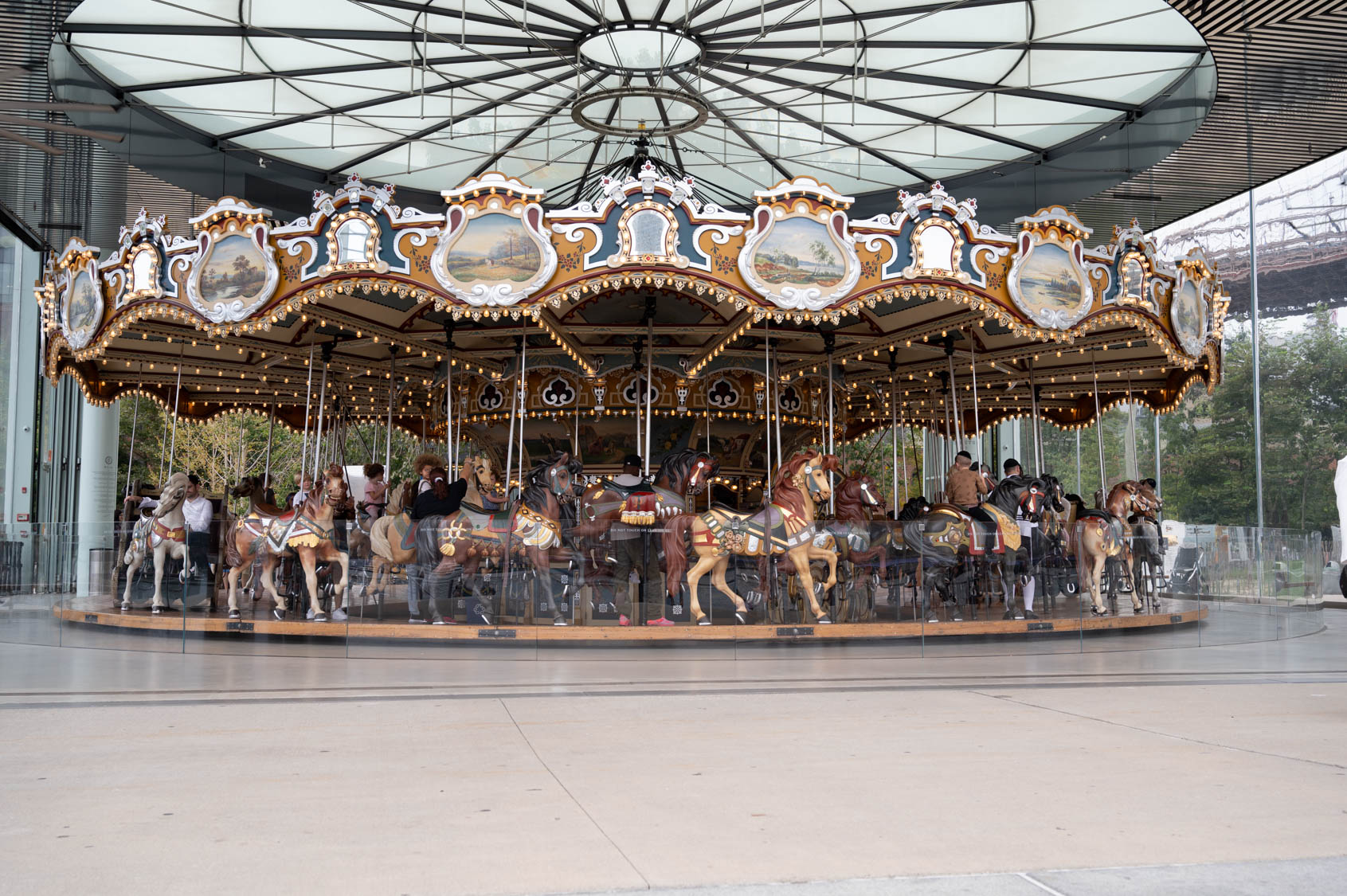
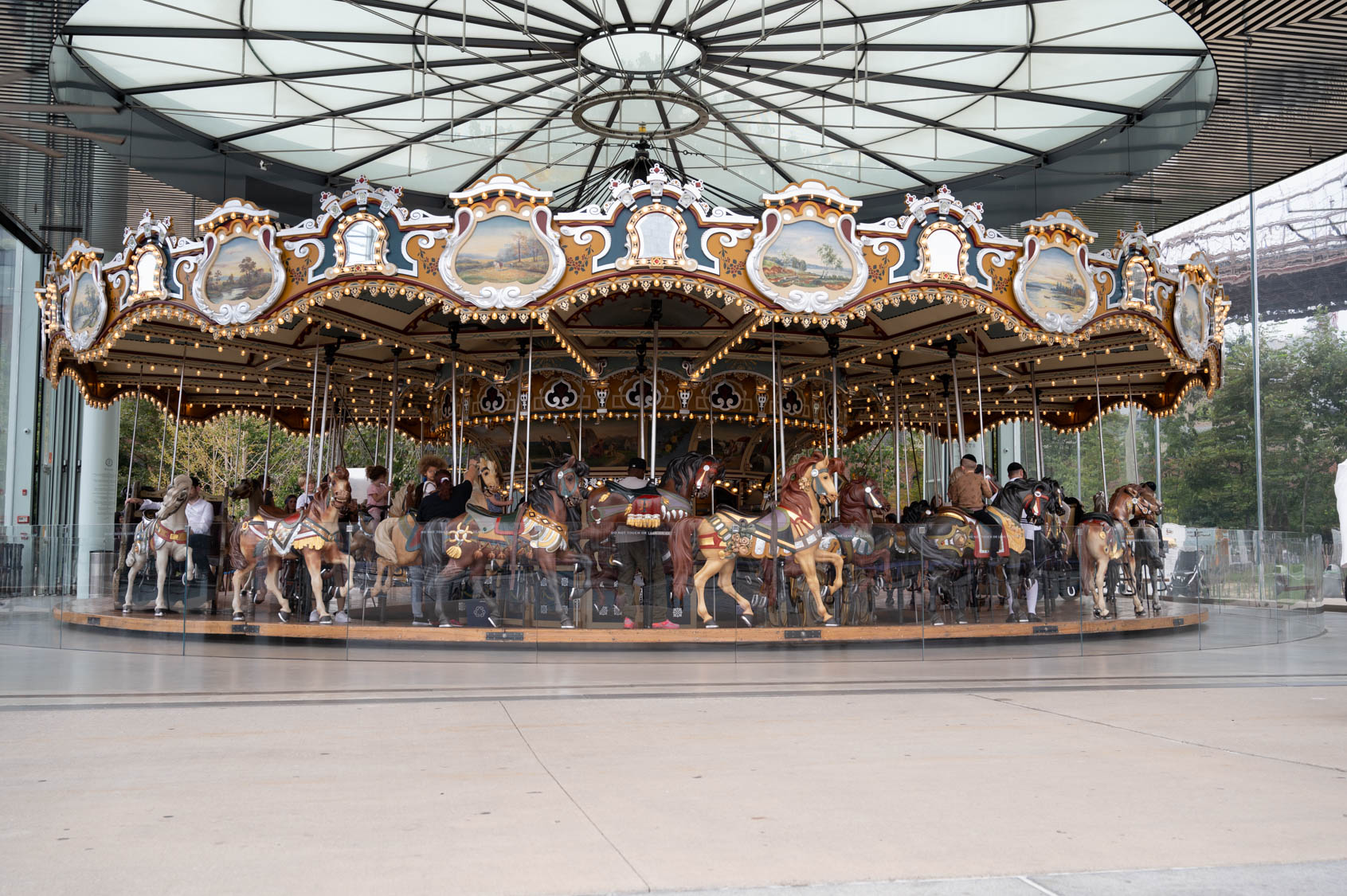
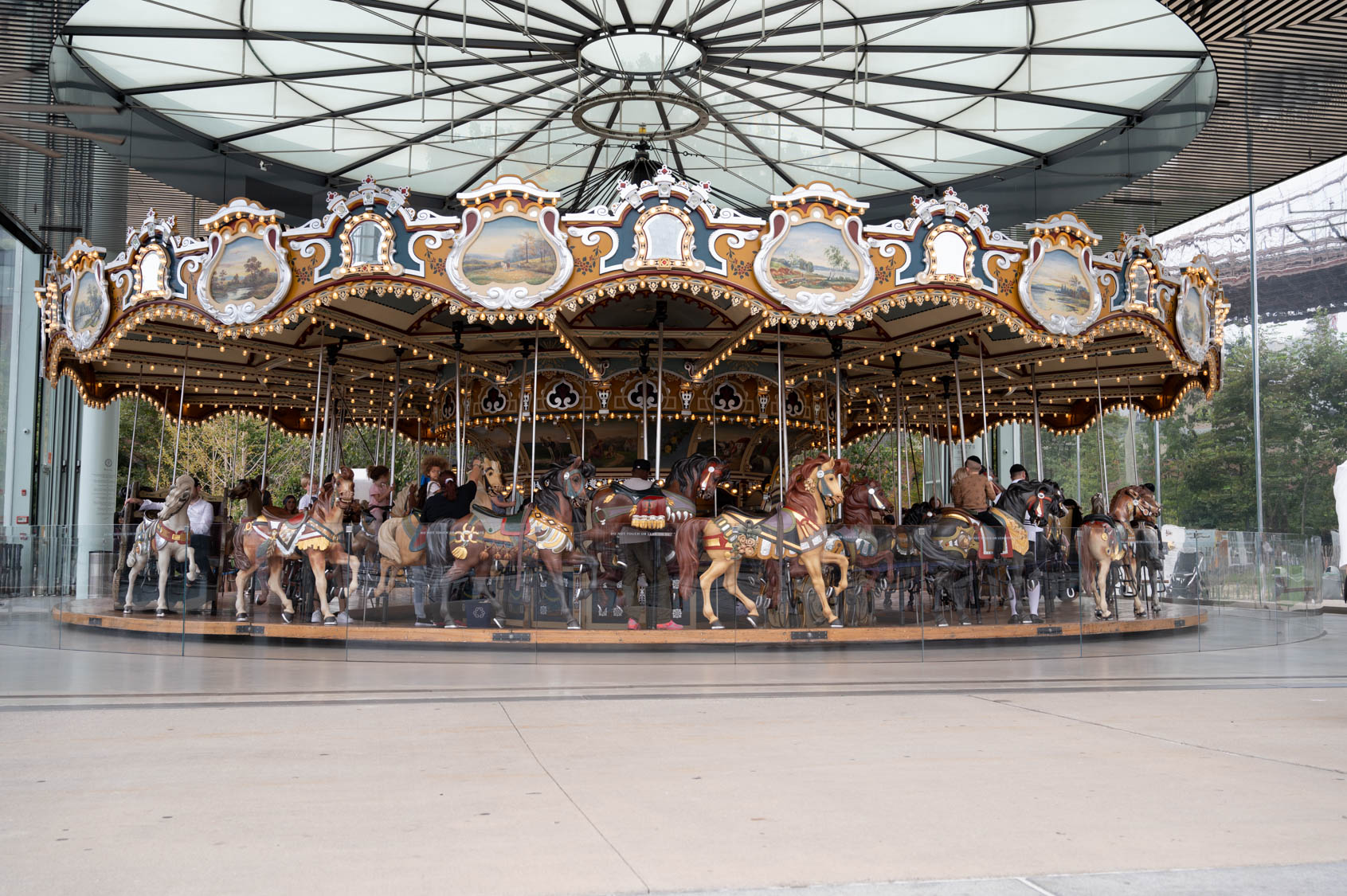
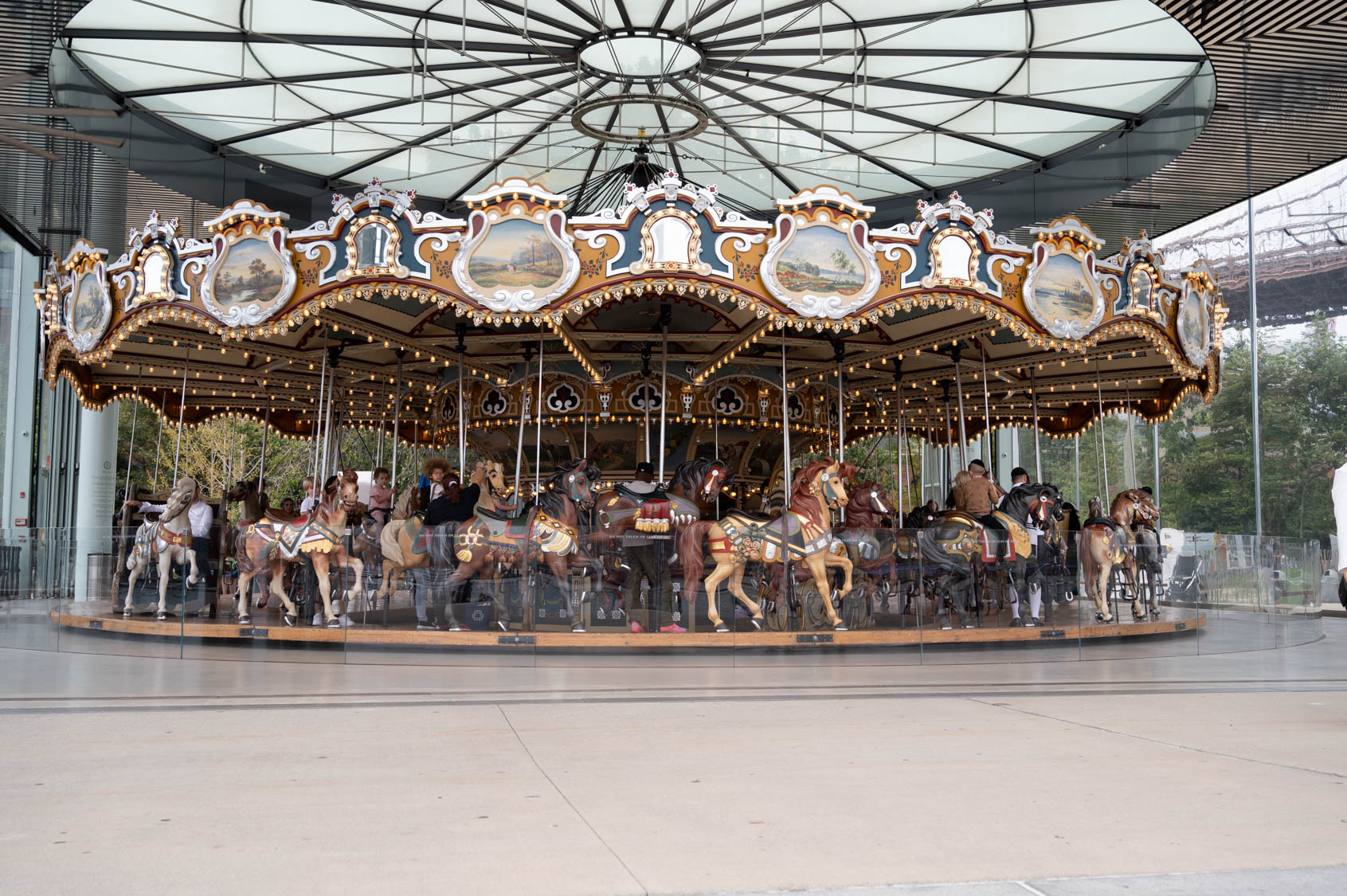
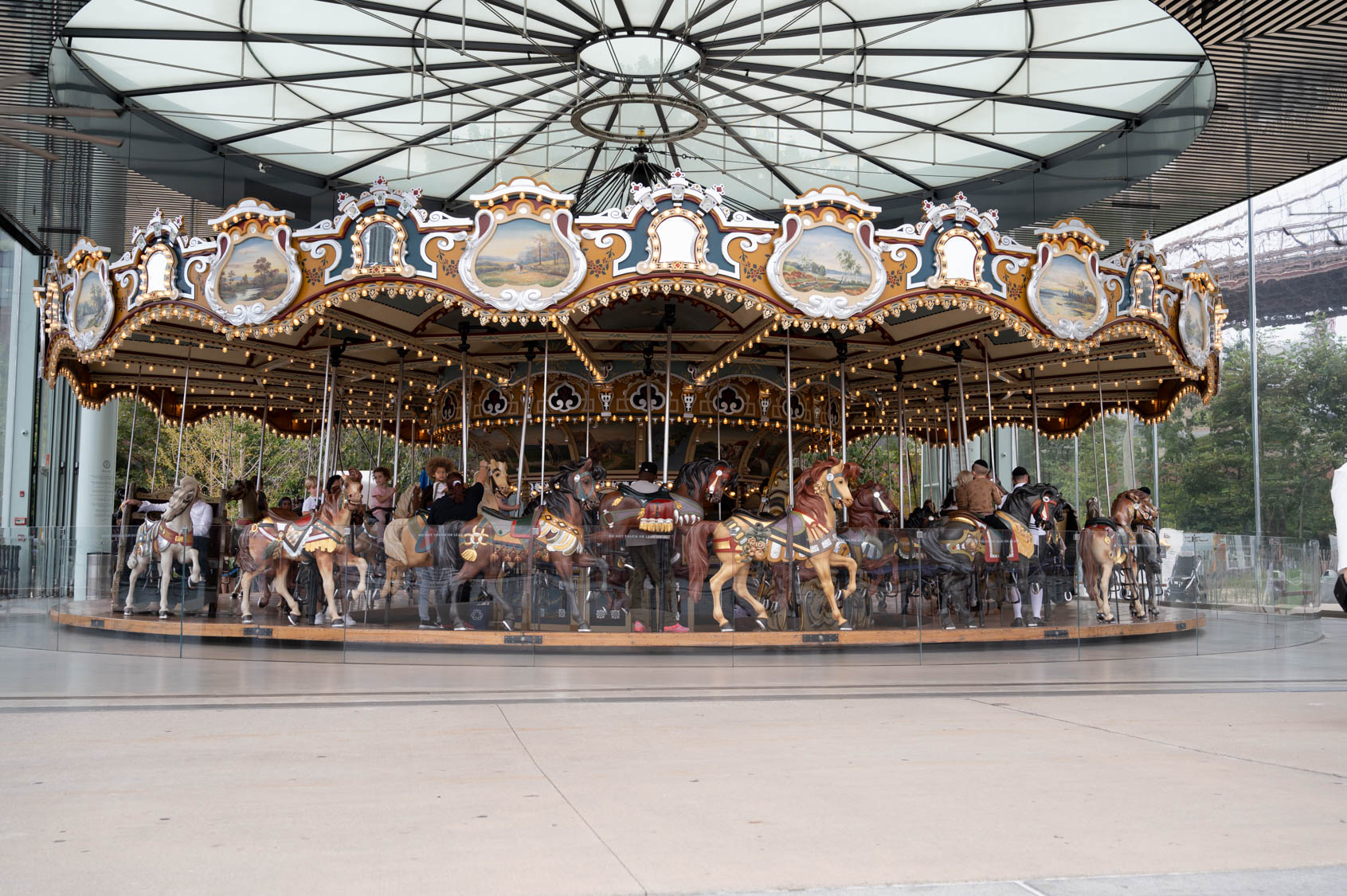
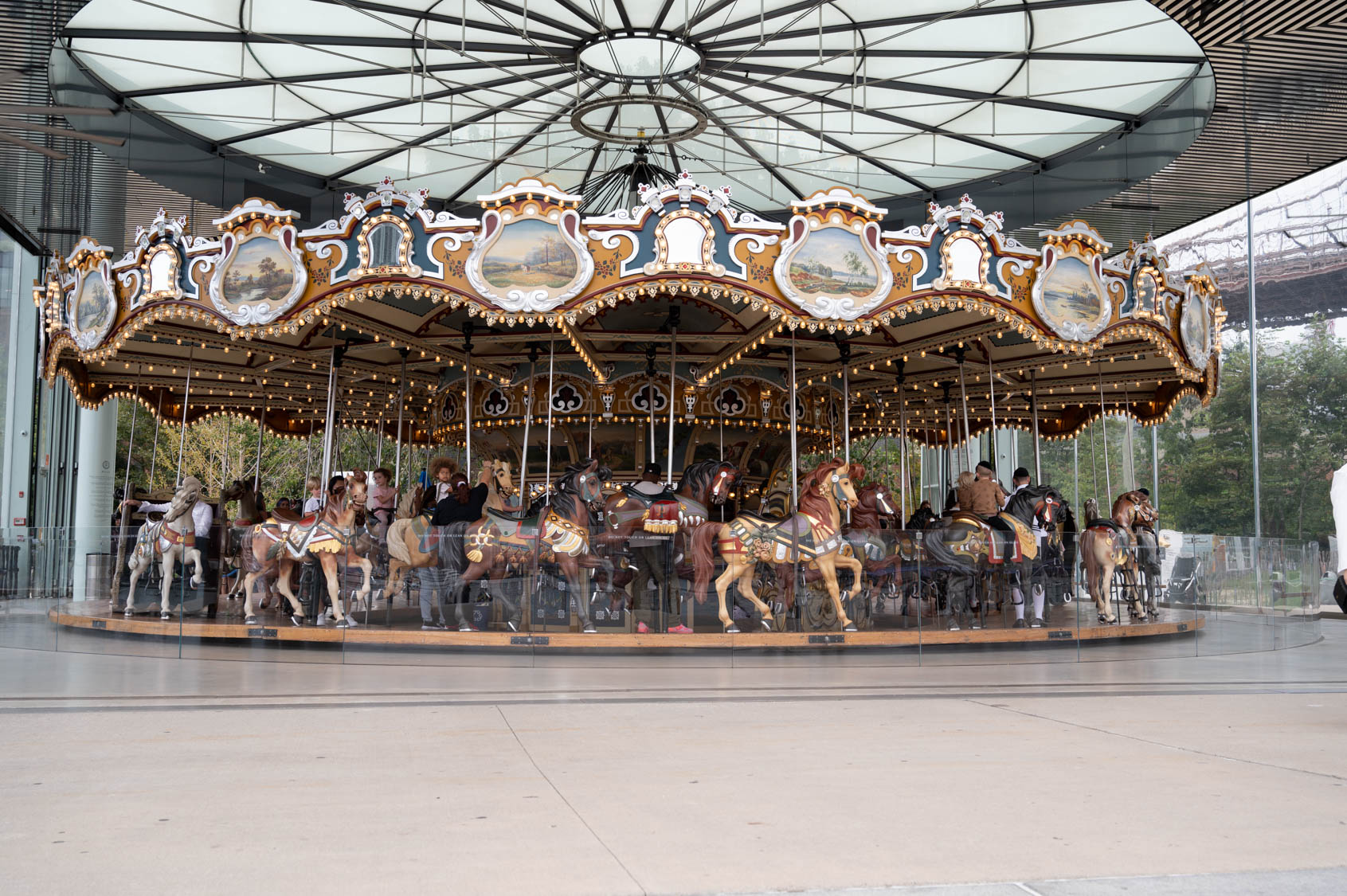
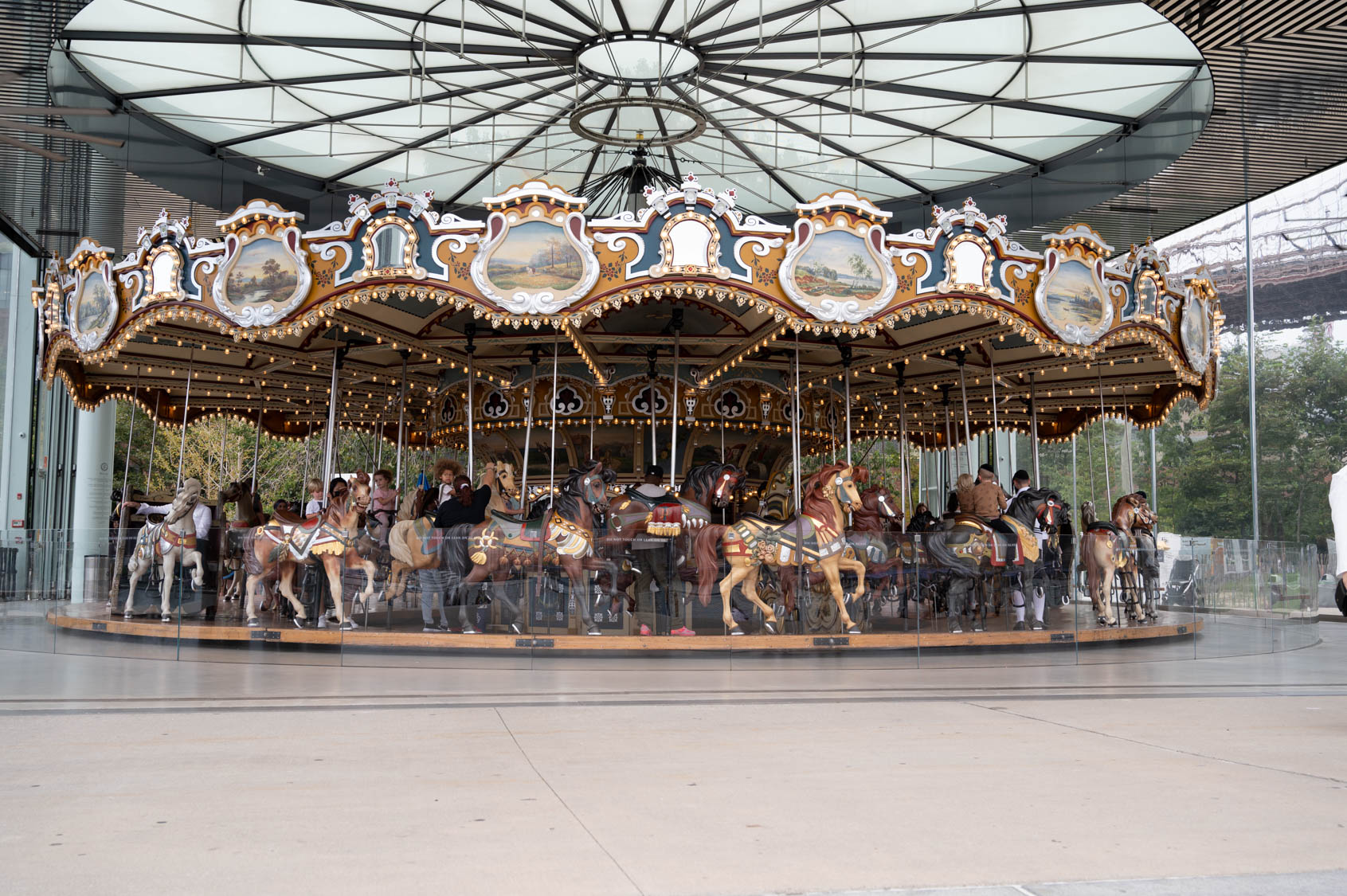
Its bigger sibling the Z7 II is likely a better candidate for landscape photography, but the Z6 II can more than hold its own as you can see in the shots of the Brooklyn Bridge and the Williamsburg bridge.


When we shoot videos here at Laptop Mag, we typically use the Nikon Z6 II as the gimbal camera. Check out this video on the MacBook Pro 14 that we shot recently to see the Z6 II in action.
The Z6 II will comfortably shoot 4K at 30fps, and with a firmware upgrade you can push the camera to 4K Ultra HD at 60p in 8-bit and DX crop mode.
Nikon Z6 II performance
The Z6 II’s electronic viewfinder is one of Nikon’s best iterations to date and should feel natural to photographers who are used to shooting through the lens. Exposure, ISO, white balance, Picture Control and creative filters are all applied to the magnified 3.6M-dot Quad-VGA image in real-time. It might not be the actual real thing, but it gets pretty darn close. Added to that, the EVF can now display exactly the same info as the LCD on the back. This provides a quick solution for settings adjustments in bright sunlight for example.
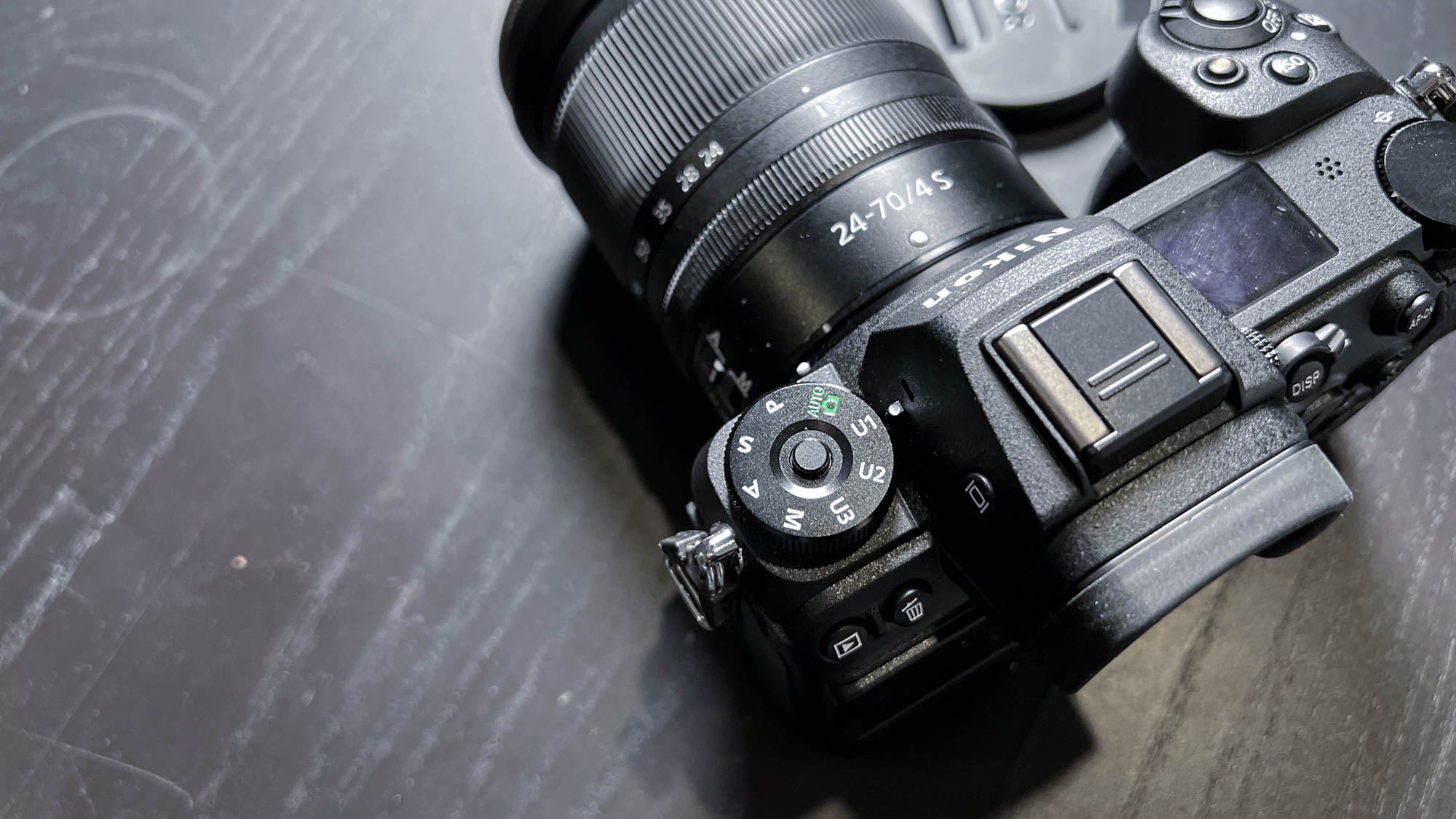
Within the Z Series range, the 273-point Hybrid AF system of the Z6 II is optimized for high-speed response in both stills and video settings. Both AF Speed and AF Tracking Sensitivity can be adjusted. This presumably means that the 493-point used in the more expensive Z7 and Z7 II has been optimized by Nikon for precision because the Z6 II operates with a faster response time. If you are looking for a run-and-gun all-rounder it’s the Z6 II; a tripod mounted, high-detail output for macro or landscape and it’s the Z7 II.
In low light, the autofocus on the Z6 II can perform accurately with half the available light as its predecessor the Z6, down to -4.5EV according to Nikon. Another improvement in the Z6 II, is the addition of face and eye detect to the wide area AF mode. The Z6 was capable of detecting humans and animals, but only in ‘Auto’ area AF.
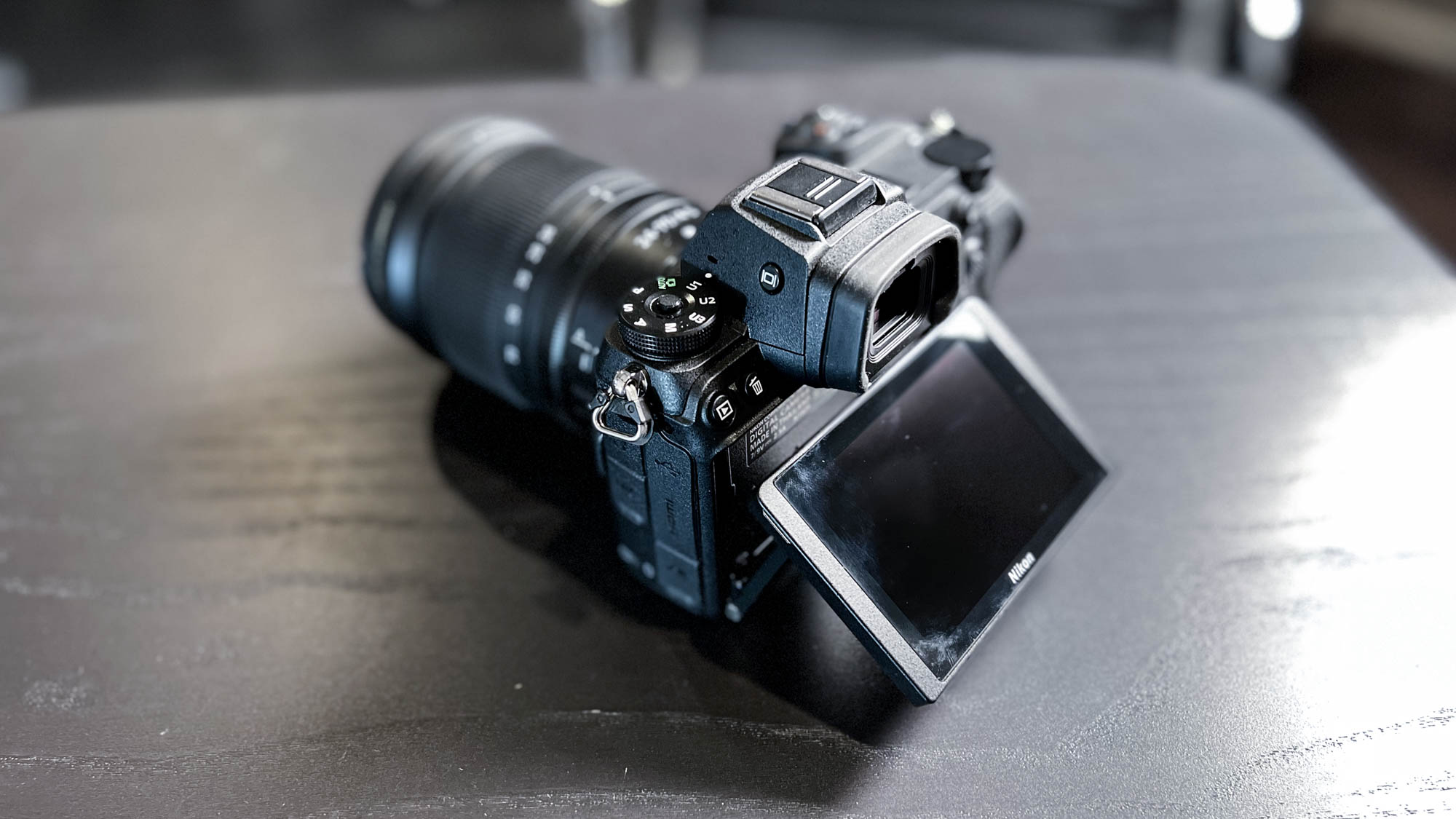
The Z6 II can shoot 14FPS RAW, compared to 12 on the Z6 and 4.5 on the Z5. Nikon claims that the buffer is 3.5x larger than on the Z6. This also translates into less EVF blackout between shots which is a big improvement for situational awareness in fast moving shoots.
Nikon Z6 II battery life
Given that the Z6 II can manage its power, sleeping and waking as you go, you are unlikely to run short on battery life. The MH-25A external charger that comes with the camera can also charge another battery while you are shooting. However, sometimes a shoot day is too strenuous for one battery and too busy to be charging a second. In this case the MB-N11 battery grip can offer an added 1.9x battery performance compared to using the camera battery alone. It also adds vertical shooting controls to the system which portrait photographers might find appealing.
Nikon Z6 II connectivity
The Z6 II has Wi-Fi and Bluetooth options for connectivity with a handful of apps from Nikon available in the App Store and on Google Play. I have tested SnapBridge which automatically transfers your pictures to your smartphone via Bluetooth; and Nikon’s Wireless Mobile Utility, which creates a WiFi hotspot enabling your device to act as a remote, or as a review screen. Both give you the ability to share what you shoot immediately via email or to social media.
Bottom line
The Nikon Z6 II is a very competent all-rounder in both photography and video settings. For someone looking for a tool to cover a multitude of needs it is a very good choice, batting above average on almost all grounds. It is ready for anything you can throw at it, and is most at home in run-and-gun situations. Being adaptable to a variety of scenarios means it is frequently my first choice for almost any project.
If you are a professional photographer or videographer looking for a high-quality mirrorless camera that is as much at home functioning as your daily photo camera as it is in an exotic location, fighting dust and water, to film fast-action video you won’t be disappointed in the Nikon Z6 II (but you might be bowled over by it).
Nikon Z6 II Specs
| Display | 3.2-inch tilting touchscreen LCD |
| Shooting Speed | Up to 14 fps at 24.5MP |
| Max video resolution | UHD 4K (3840 x 2160) at 23.976p/25p/29.97p, Full HD (1920 x 1080) at 23.976p/25p/29.97p/50p/59.94p/100p/119.88p |
| Connectivity | 3.5mm Headphone, 3.5mm Microphone, HDMI C (Mini), USB Type-C (USB 3.1), Bluetooth, Wi-Fi |
| Weight | 21.7 oz. / 615 g (body only) |
| Image Stabilization | Sensor-Shift, 5-Axis |
| Battery life (CIPA) | Approx. 450 shots |
| Native ISO | 100 to 51200 |
| Size (body) | 5.3 x 4 x 2.8" / 134 x 100.5 x 69.5 mm |
| Storage Media | CFexpress/XGD and SD card slots |
| Image Sensor | 24.5MP FX-Format BSI CMOS |
Peter (PJ) Norman has worked in the photography, film, and music fields since graduating with a Music Science degree in London in 2000. He moved to New York in 2009 to be a freelance producer and creative and has been based in the city ever since. His film work has been accepted to multiple International film festivals including Sundance and Locarno, and his passion for music has led to contributions on more than 10 full-length albums. Peter will occasionally test and write about things that inspire him for Laptop Mag when he isn't helping on the multimedia side of things. He is happiest when lost in the play of light and sound with his Nikon FM2 and a roll of black-and-white film.
